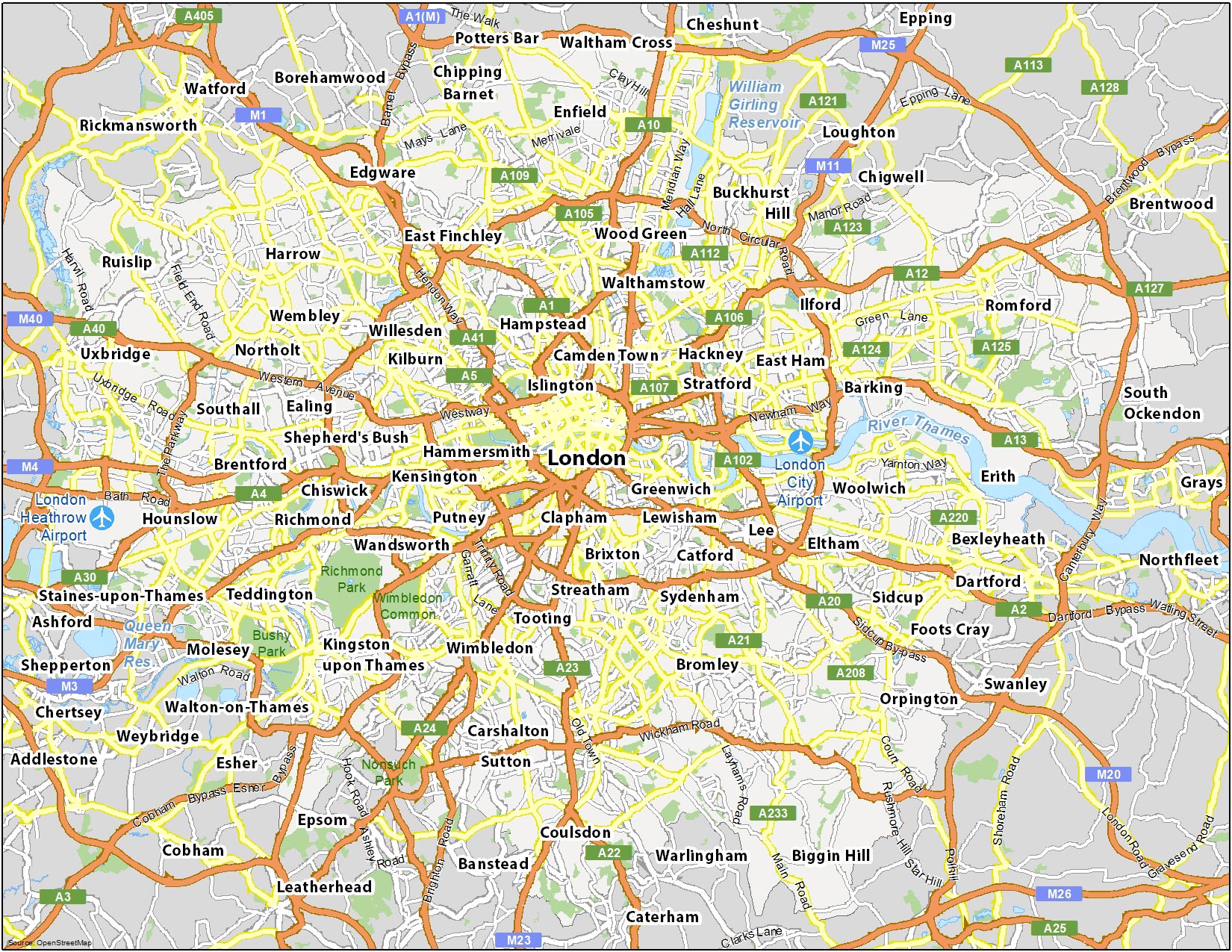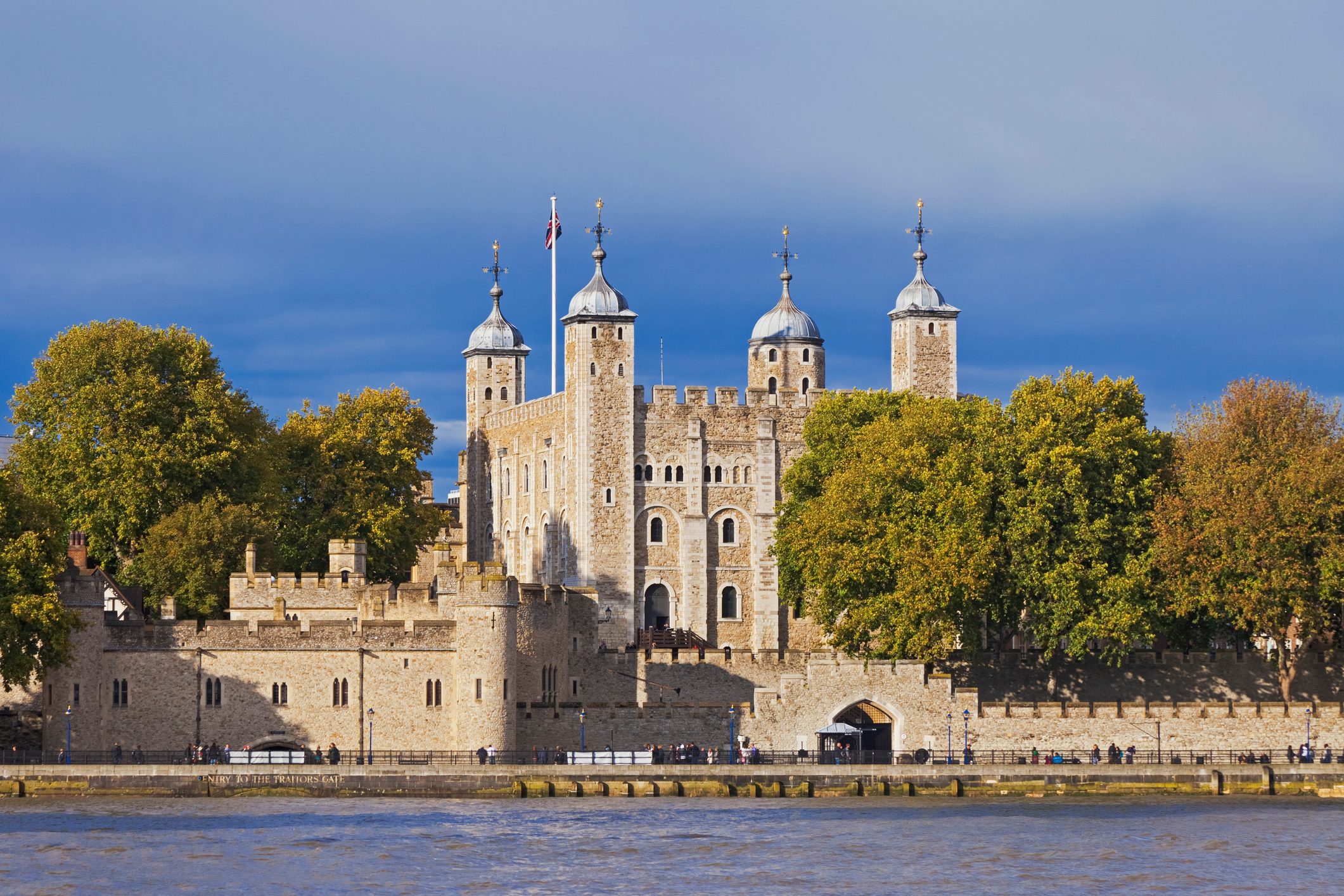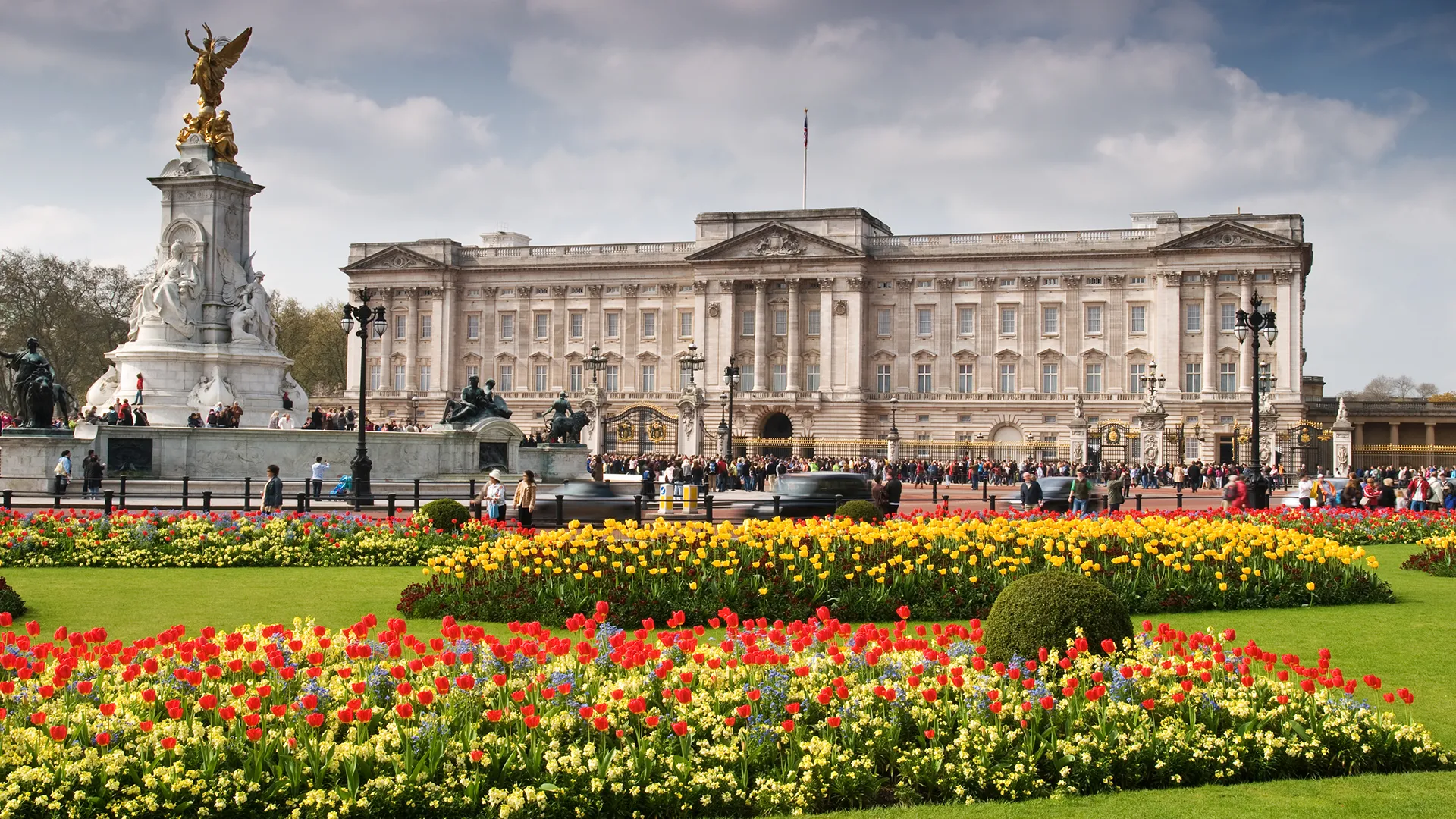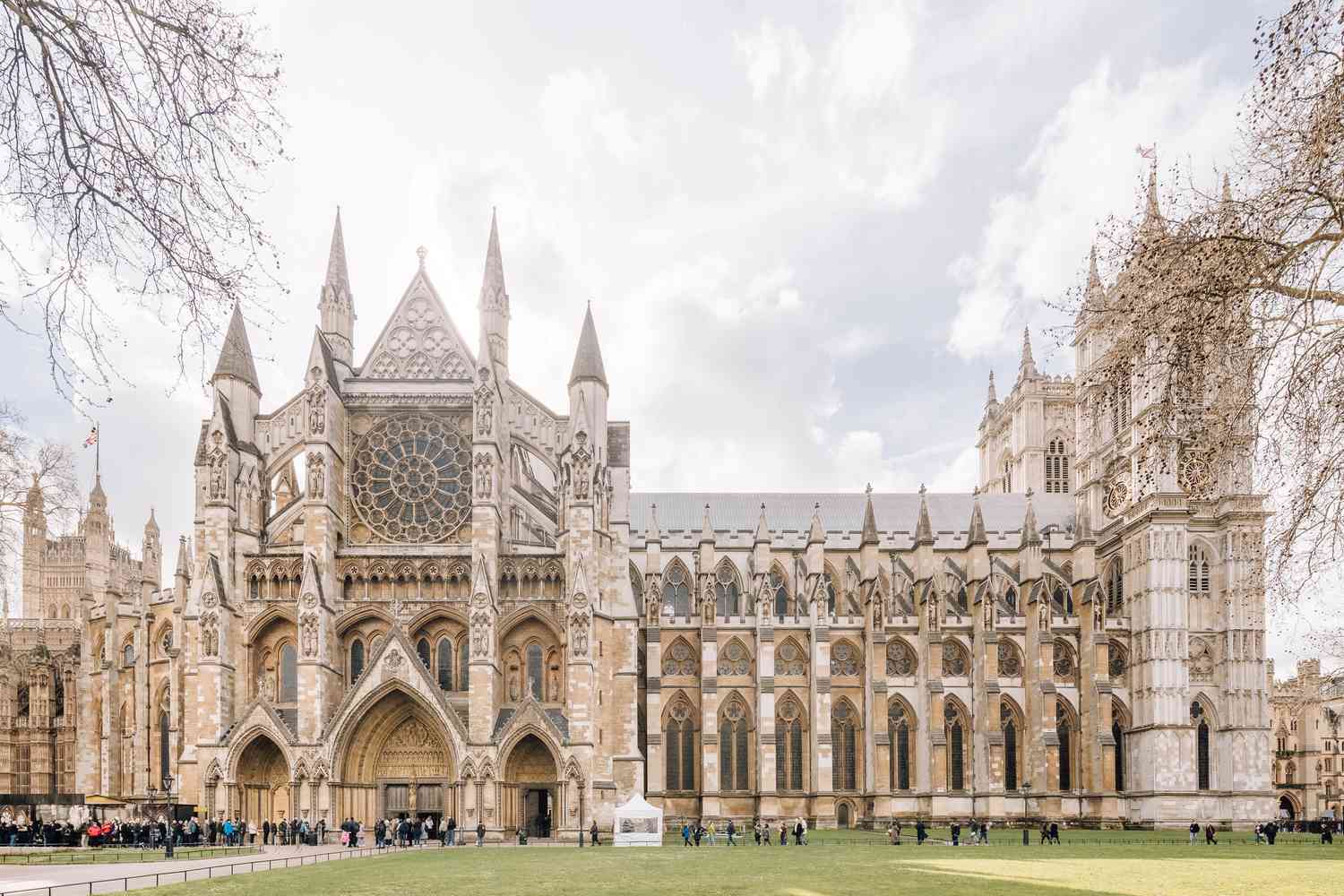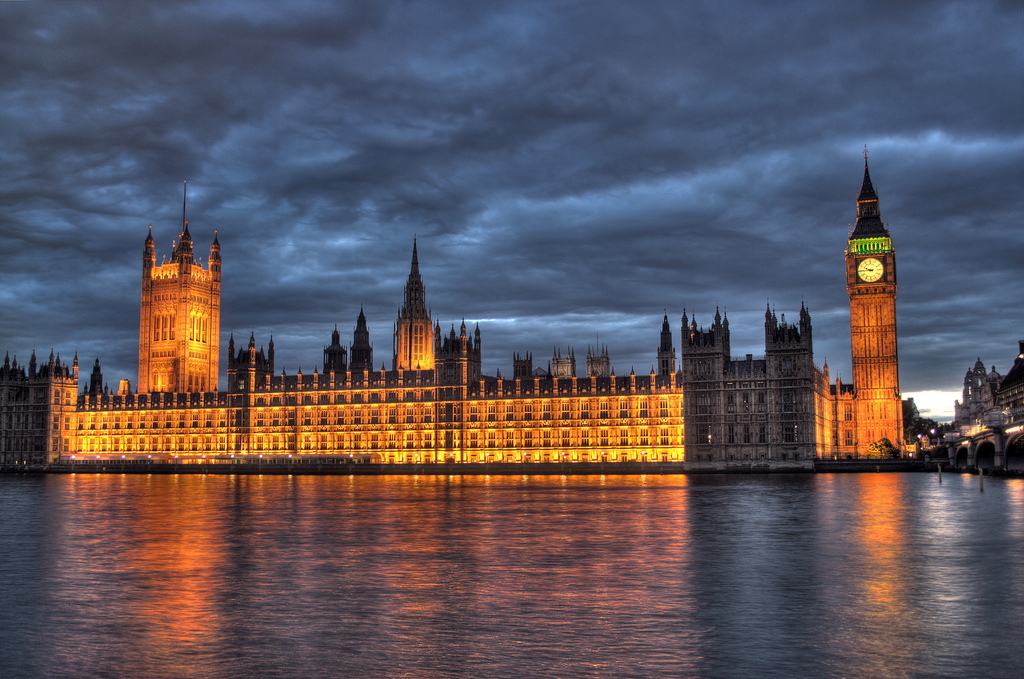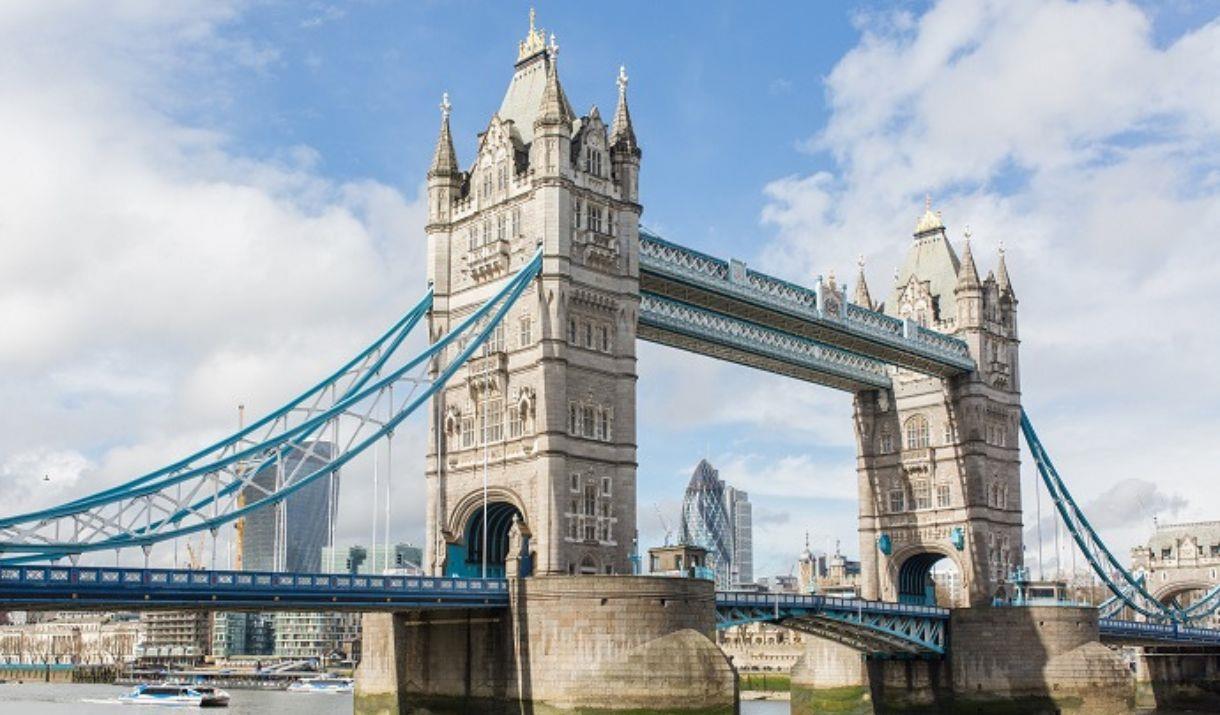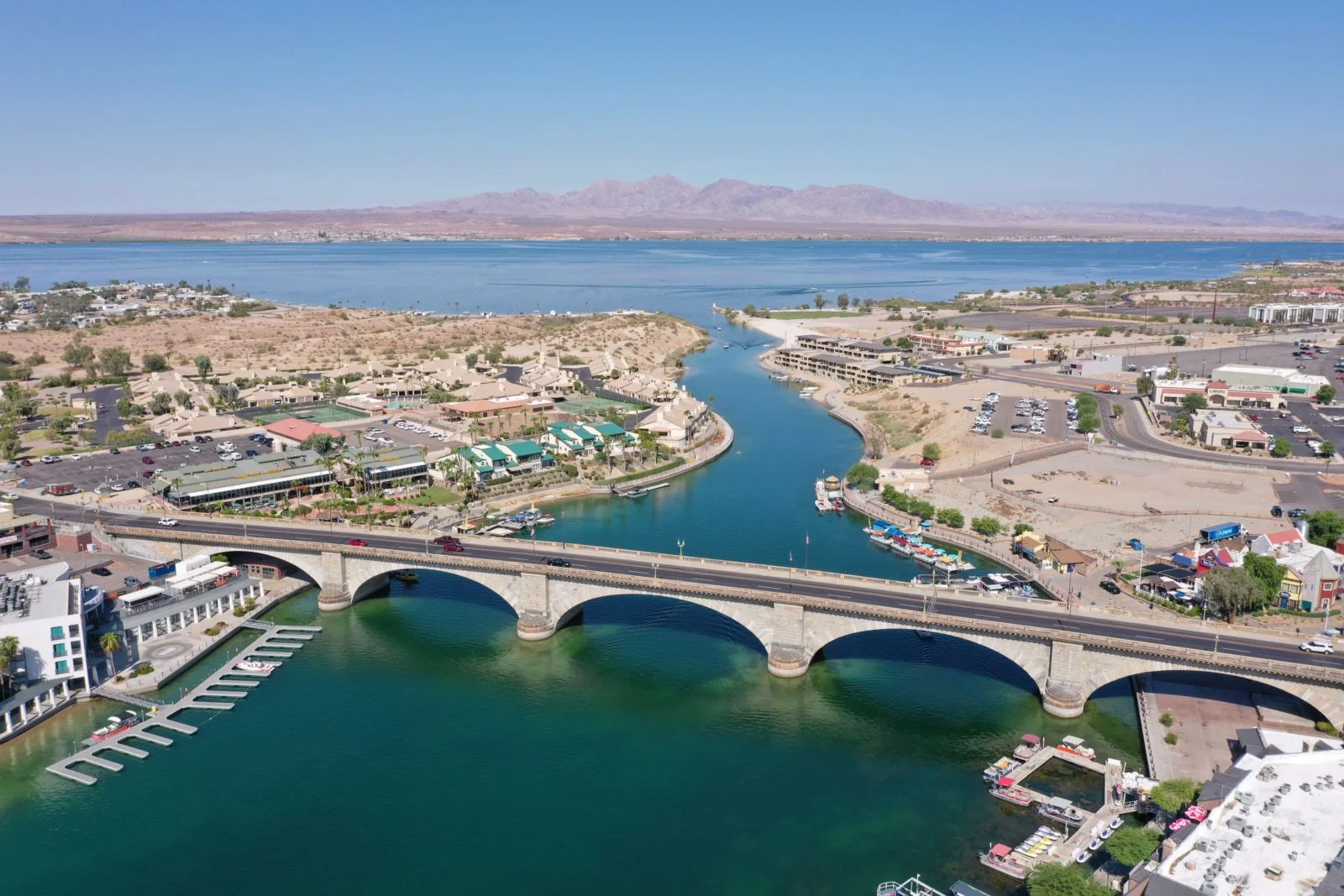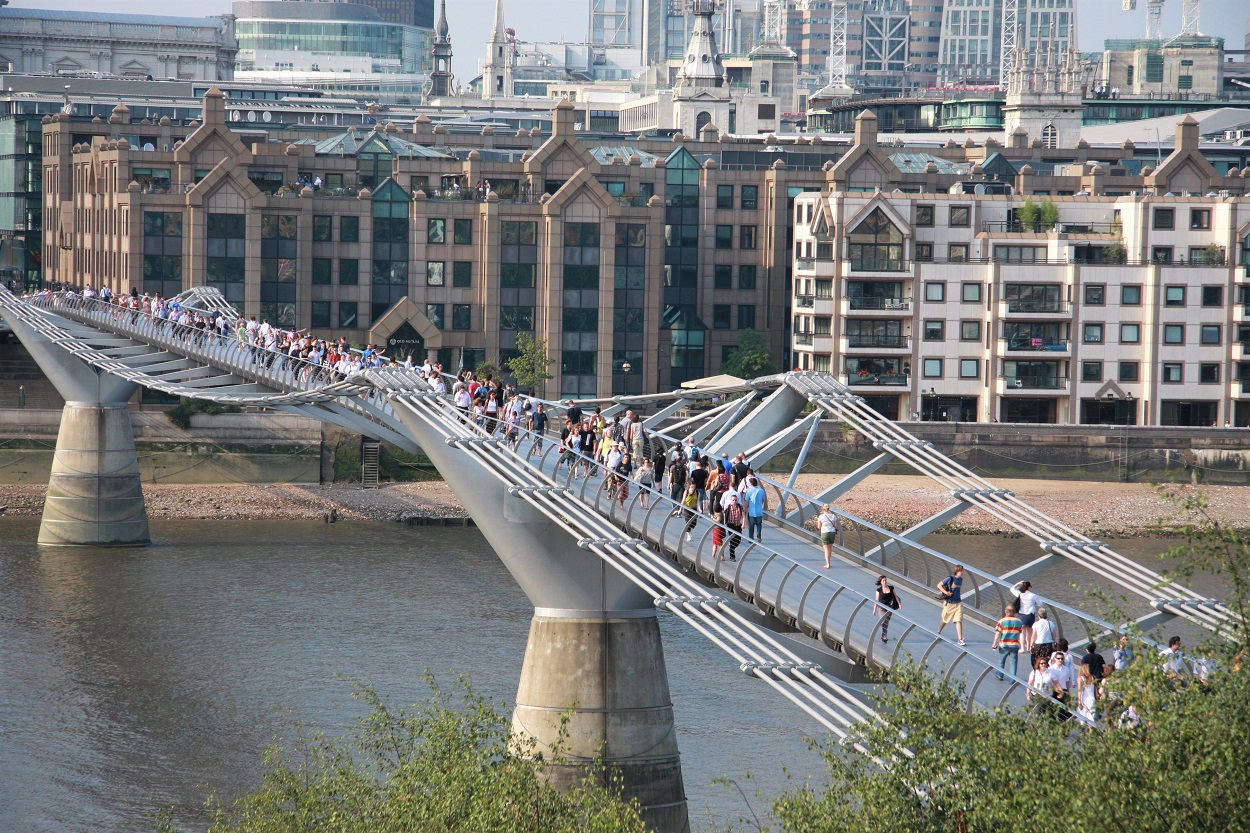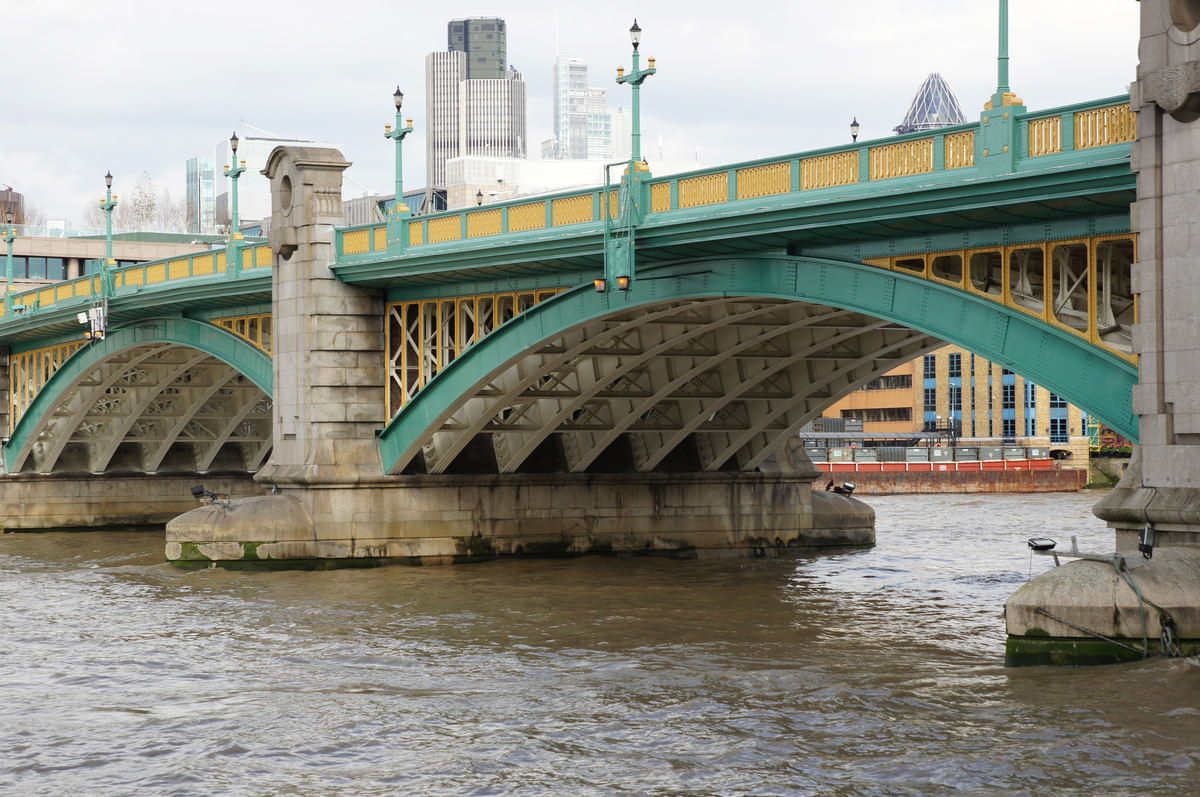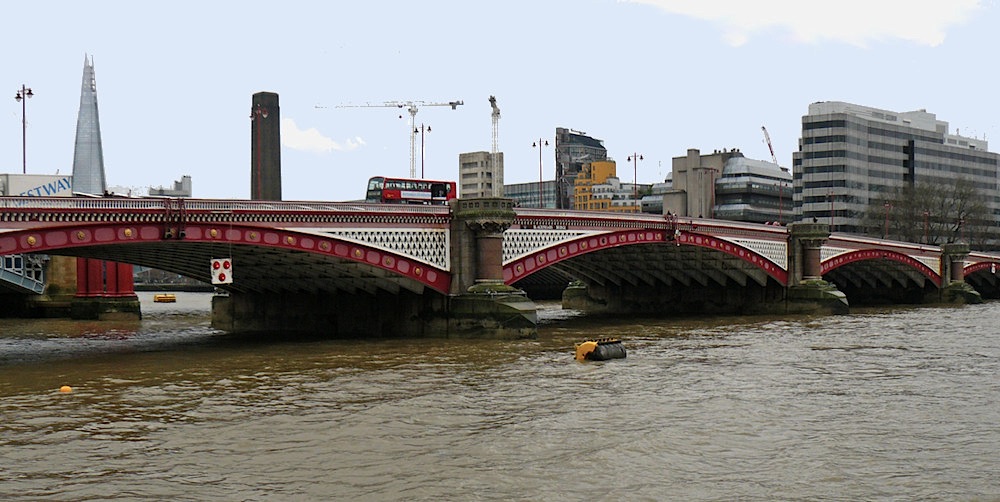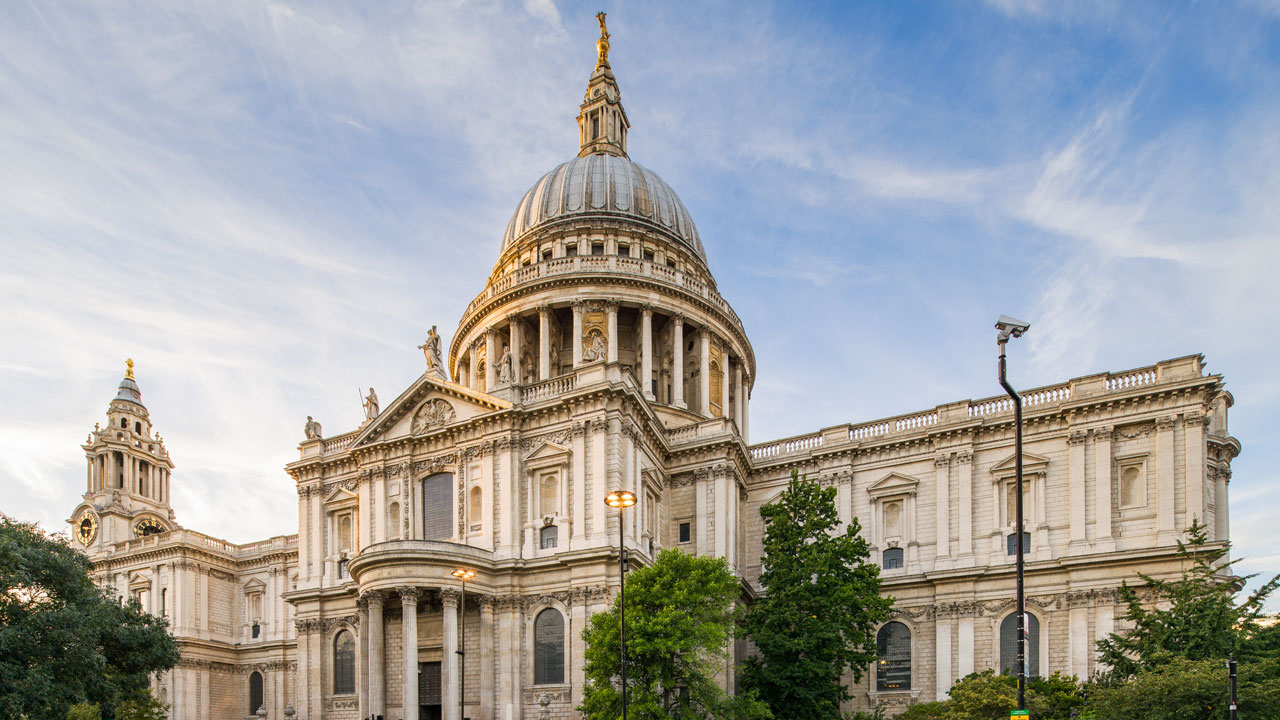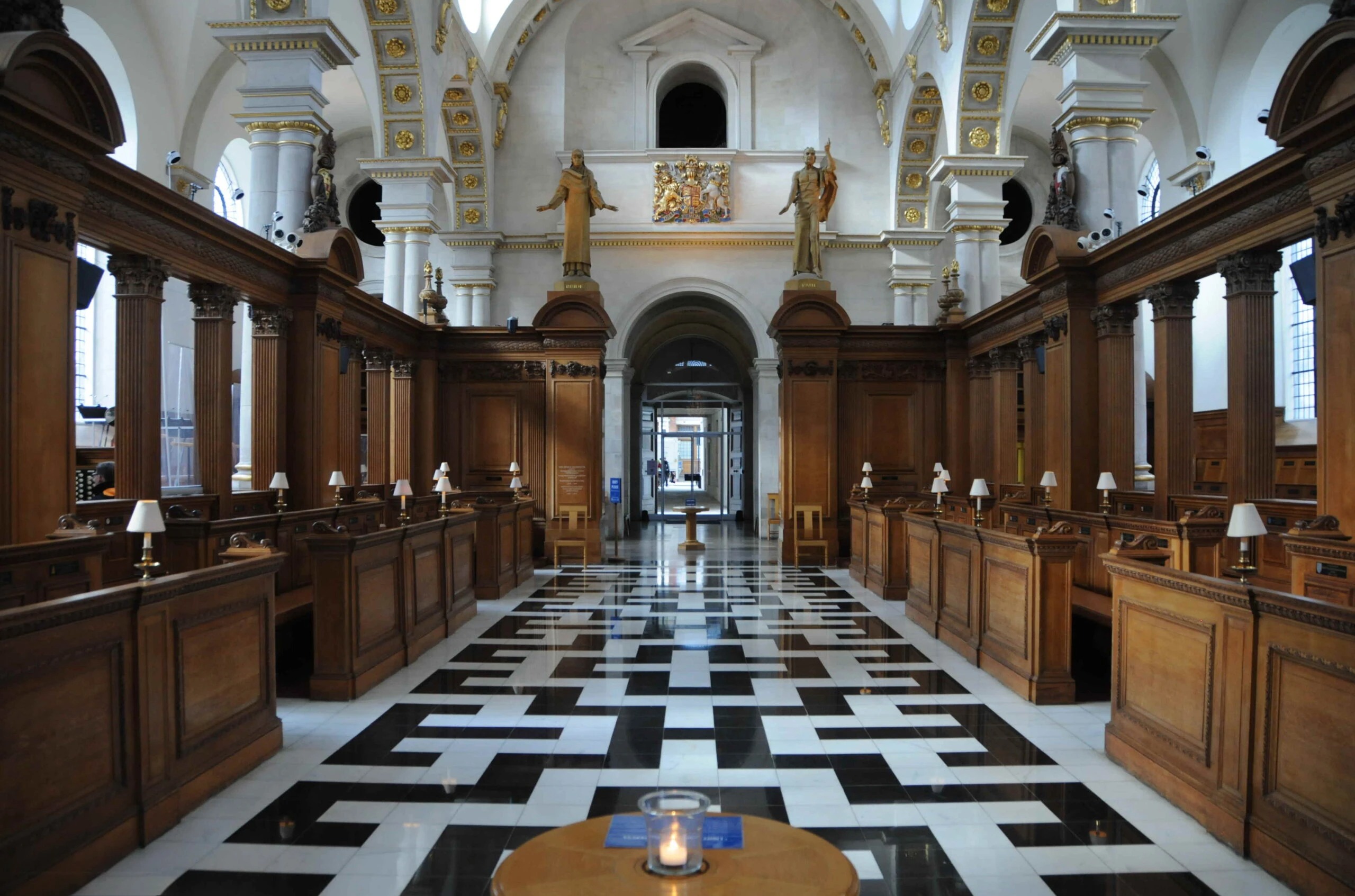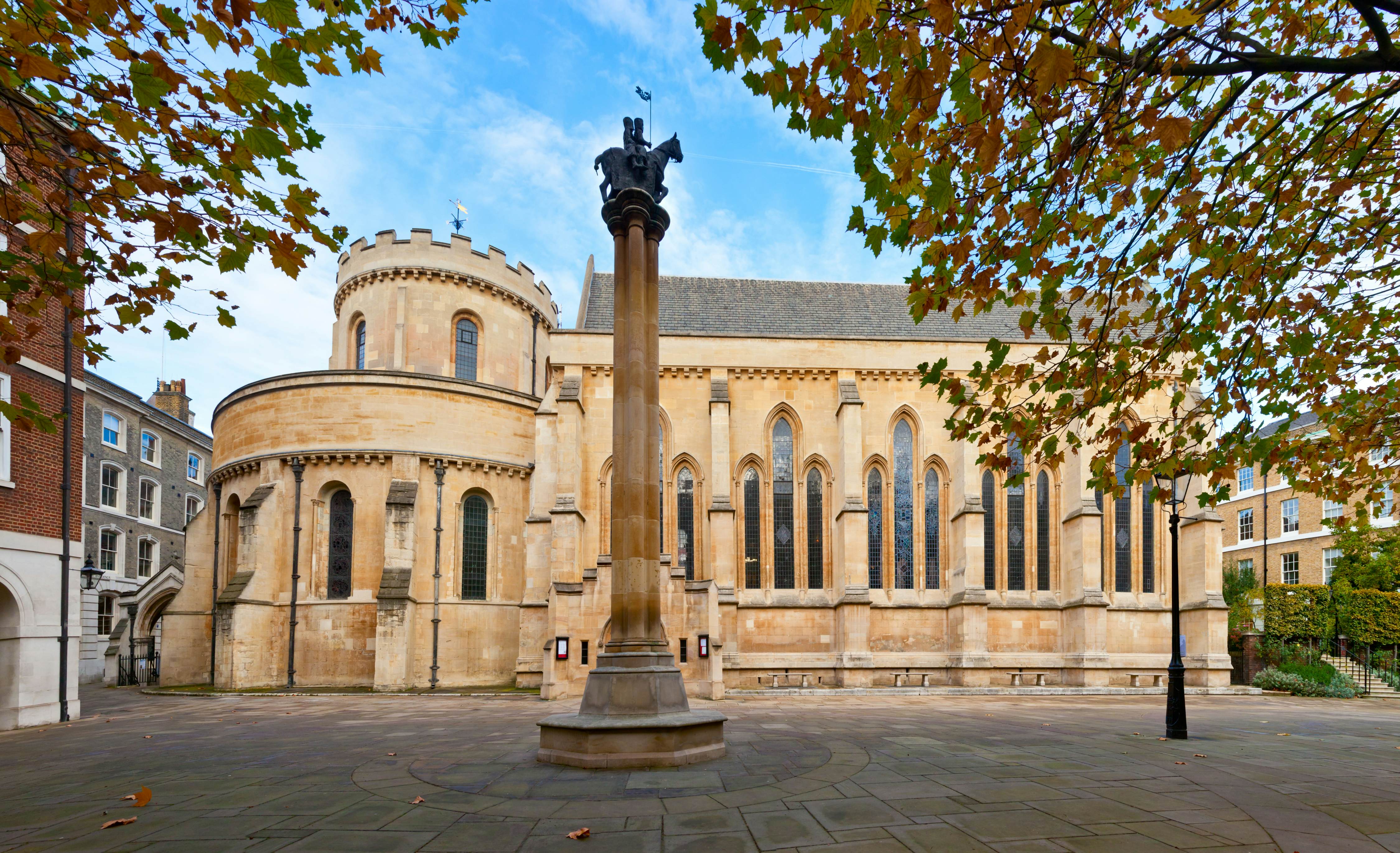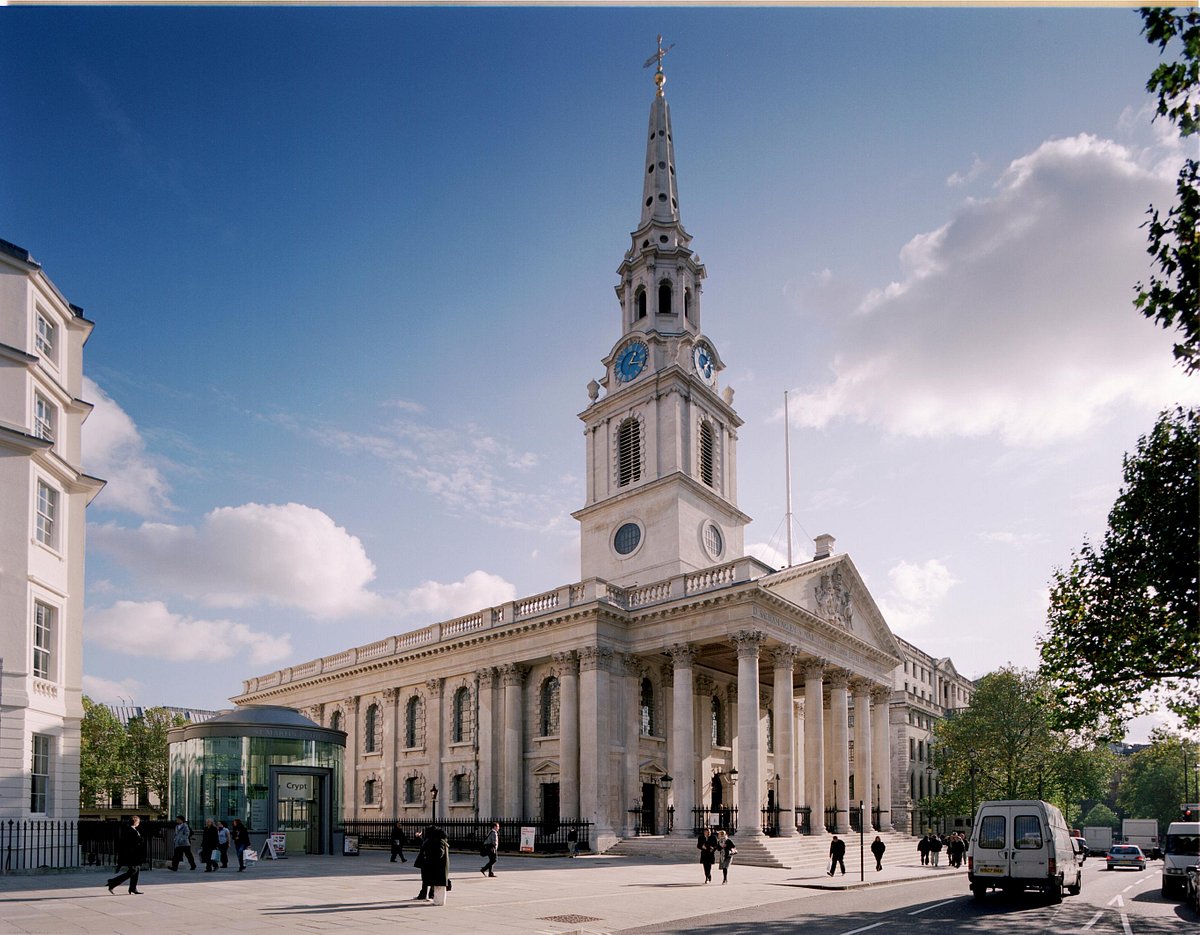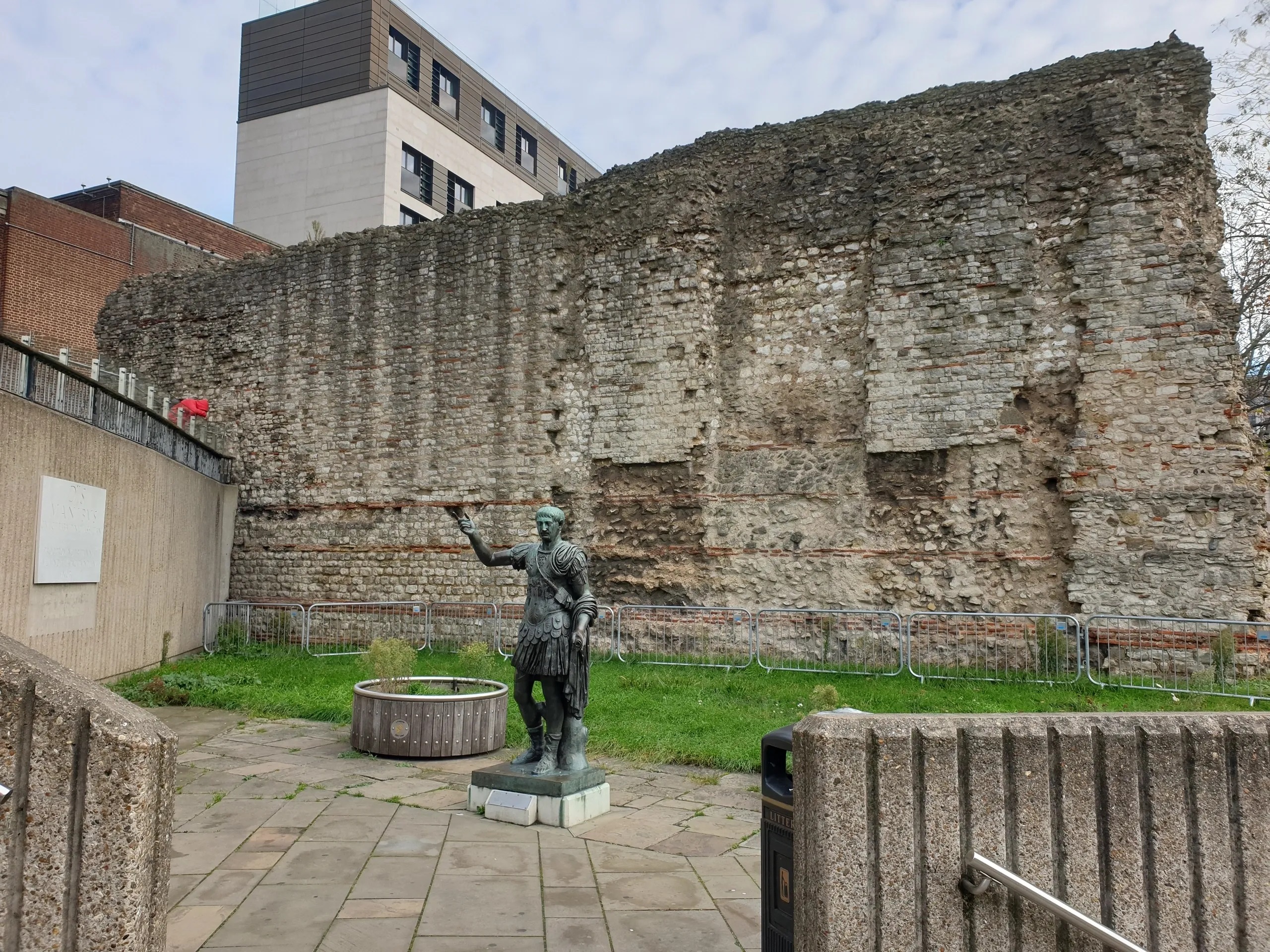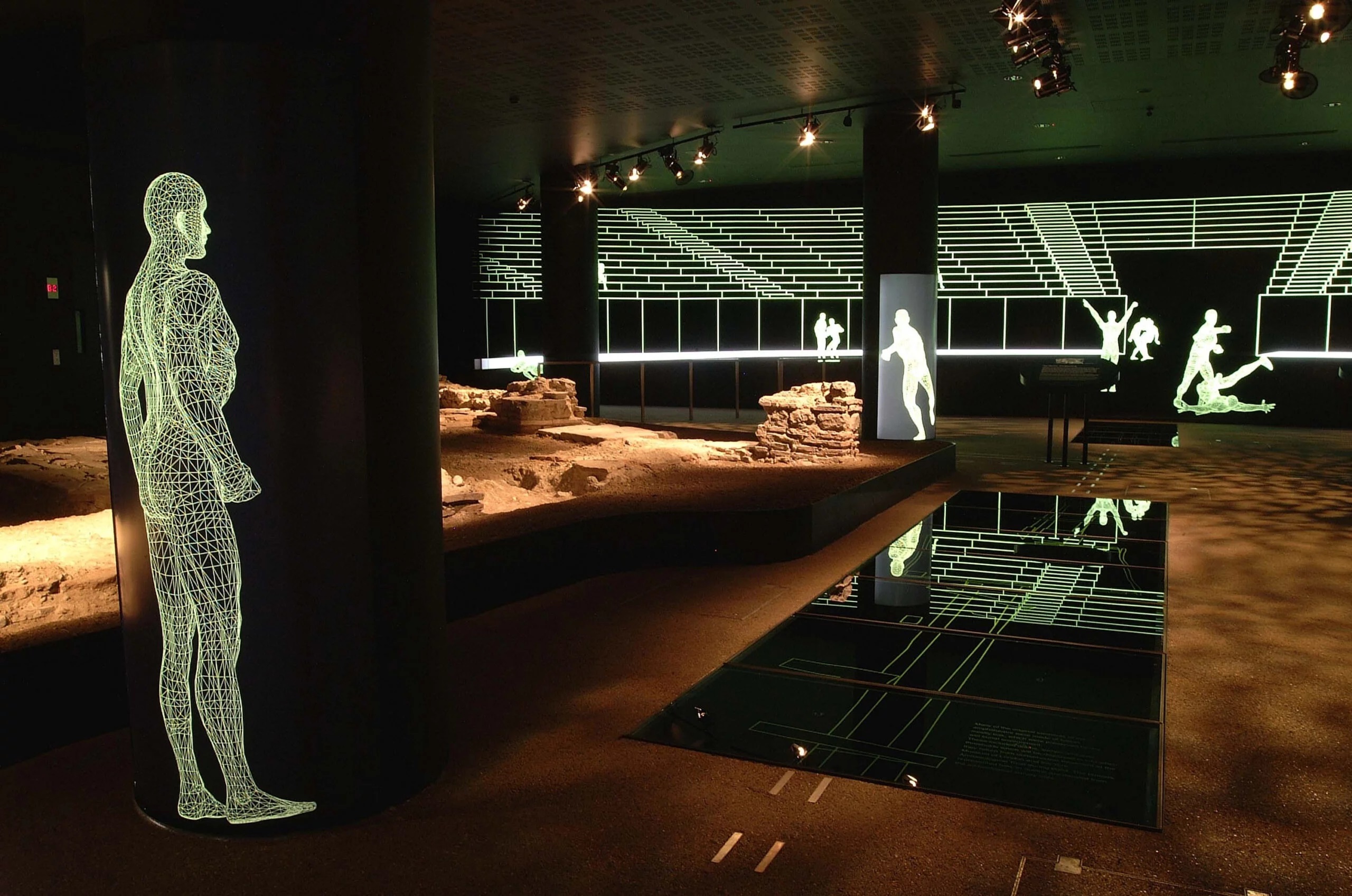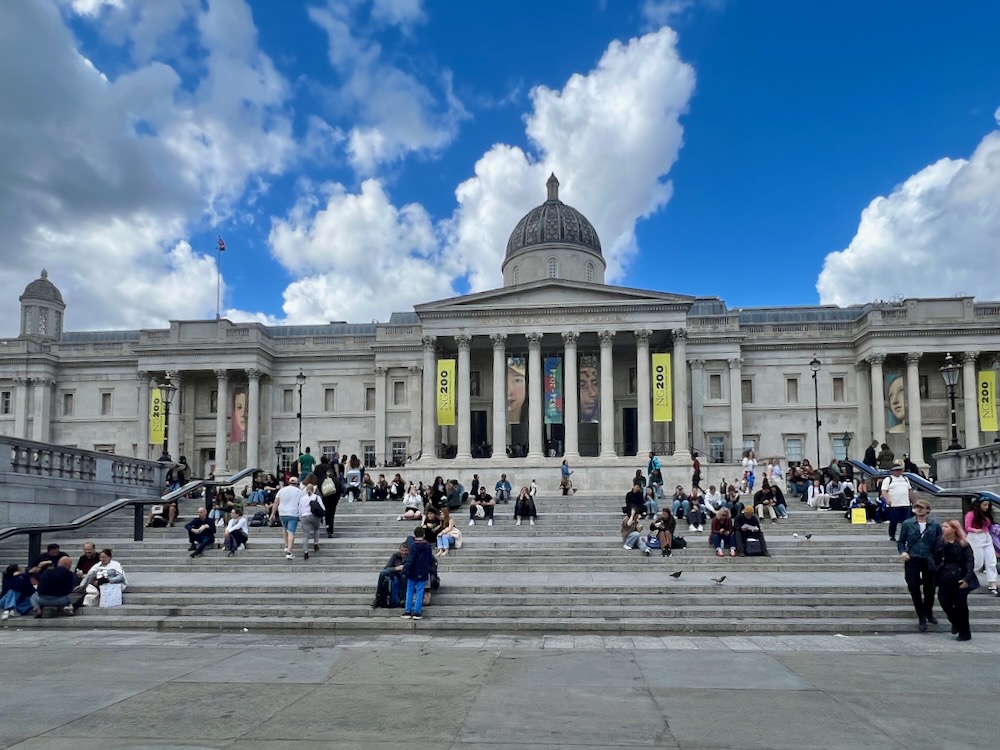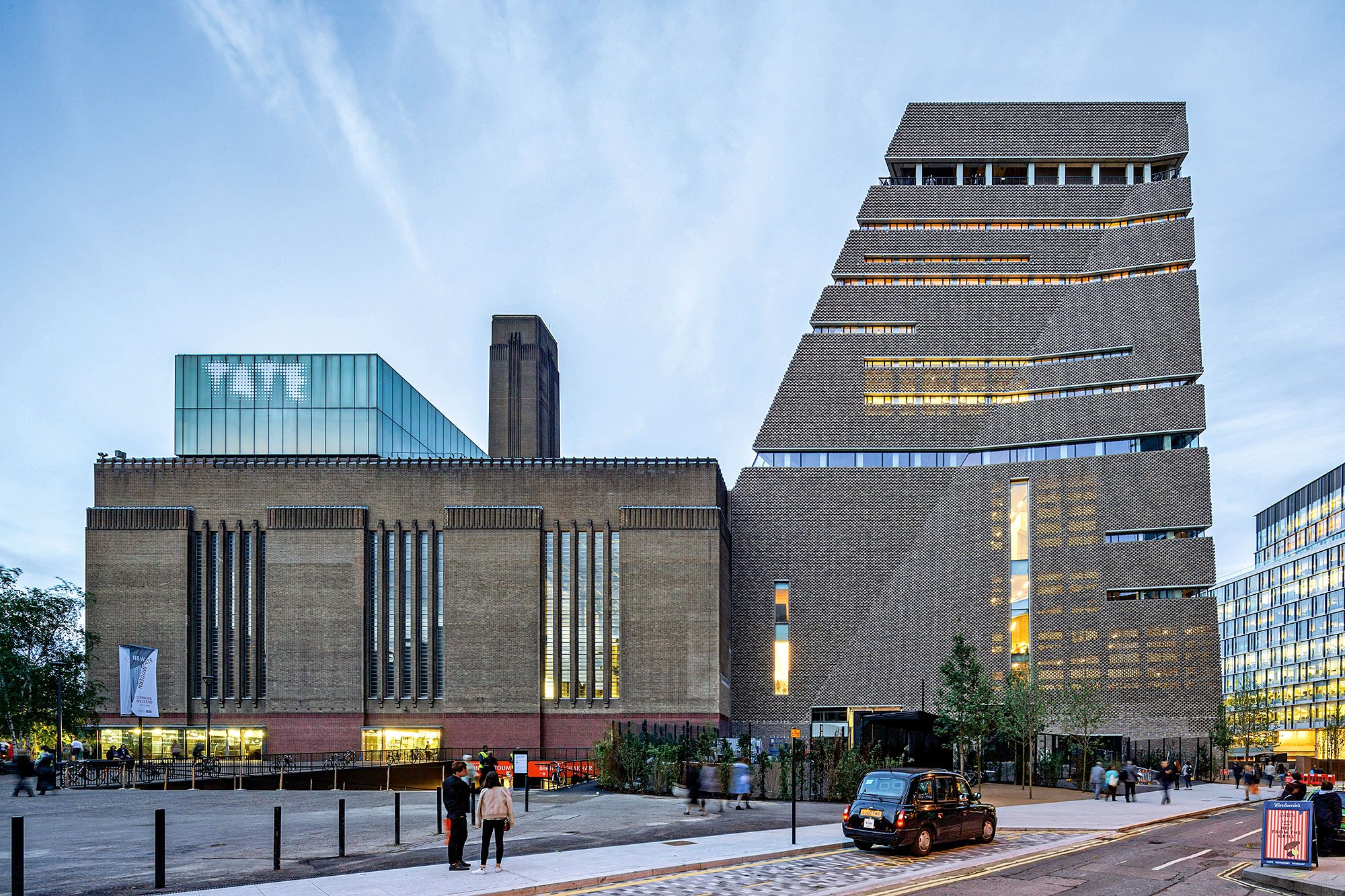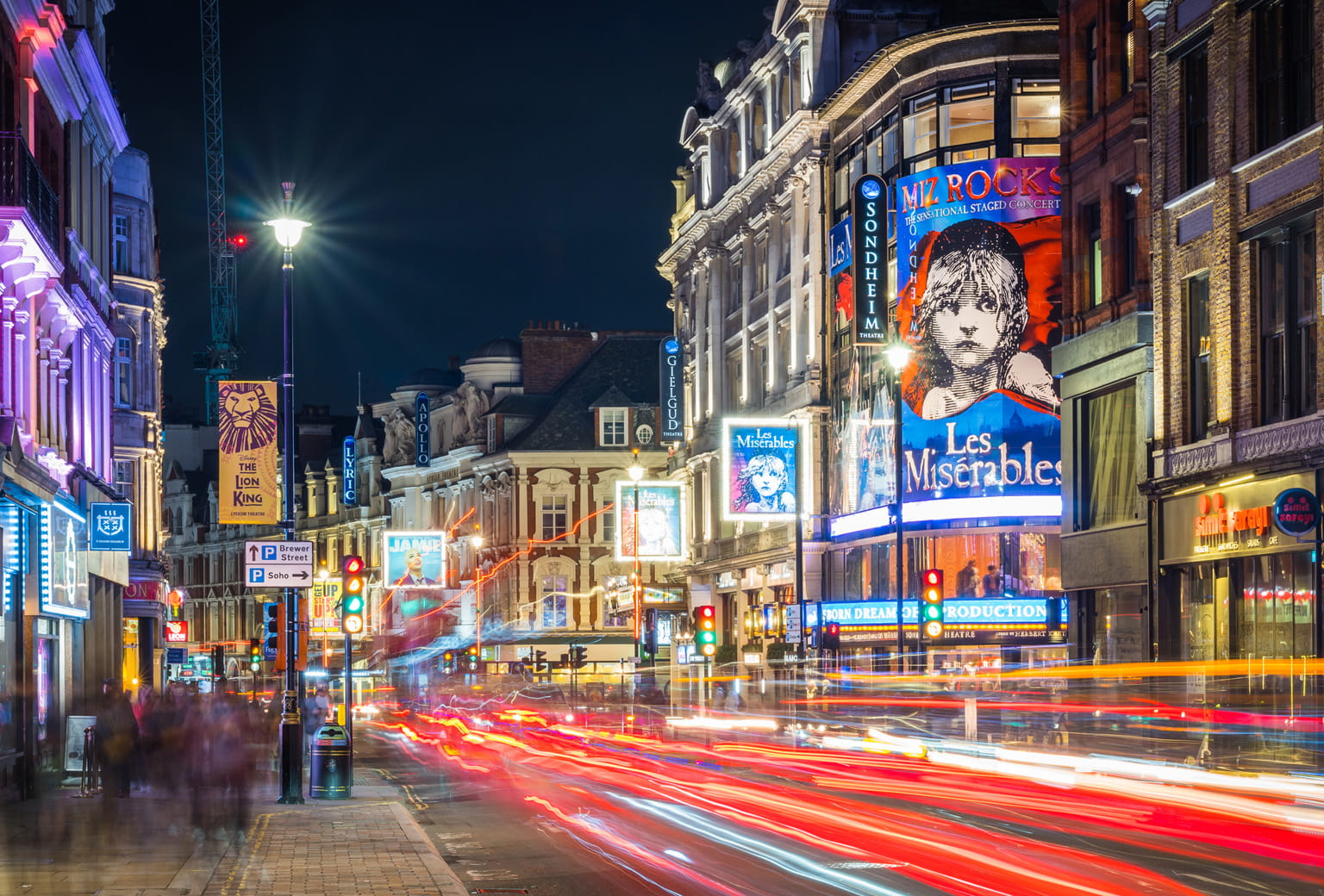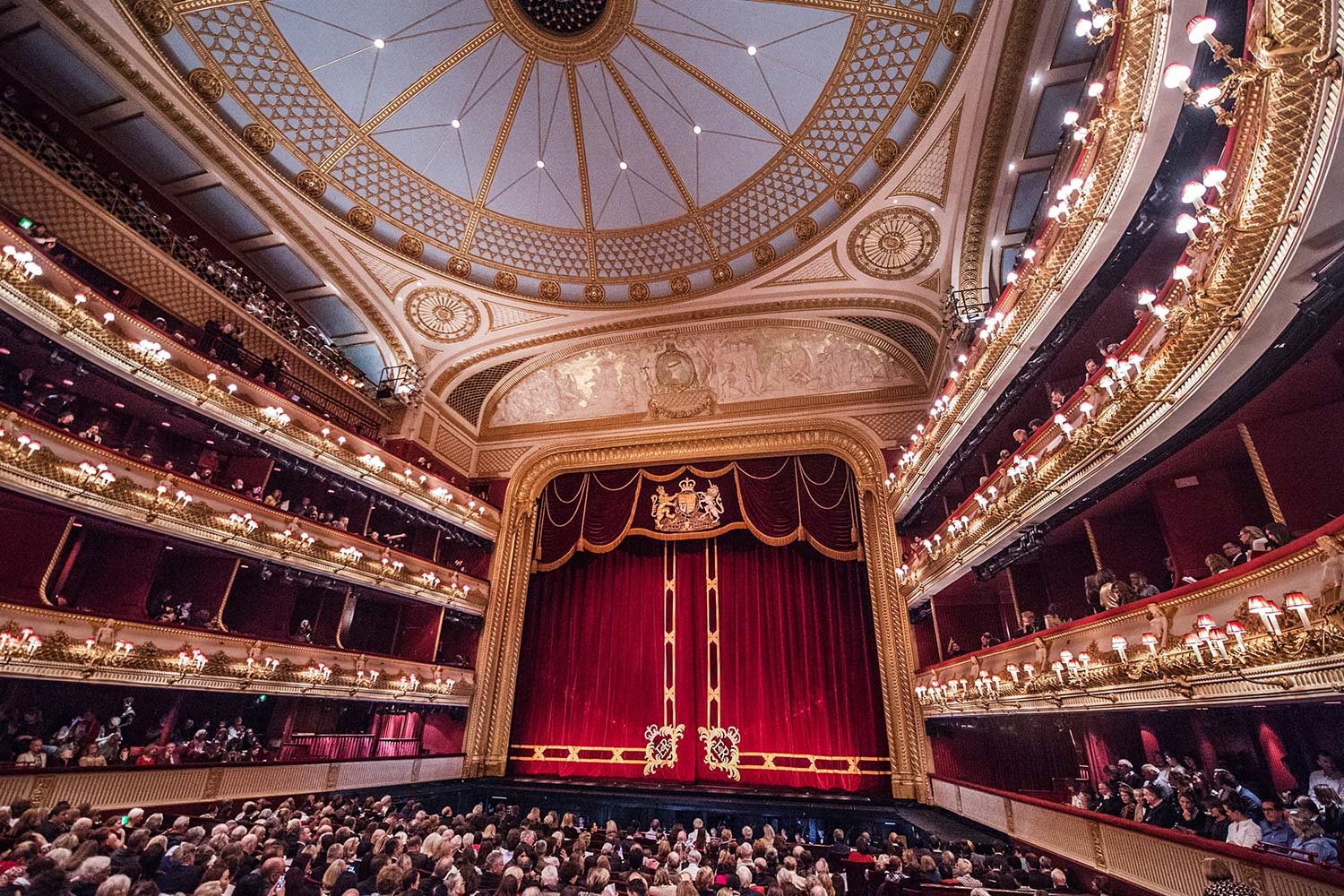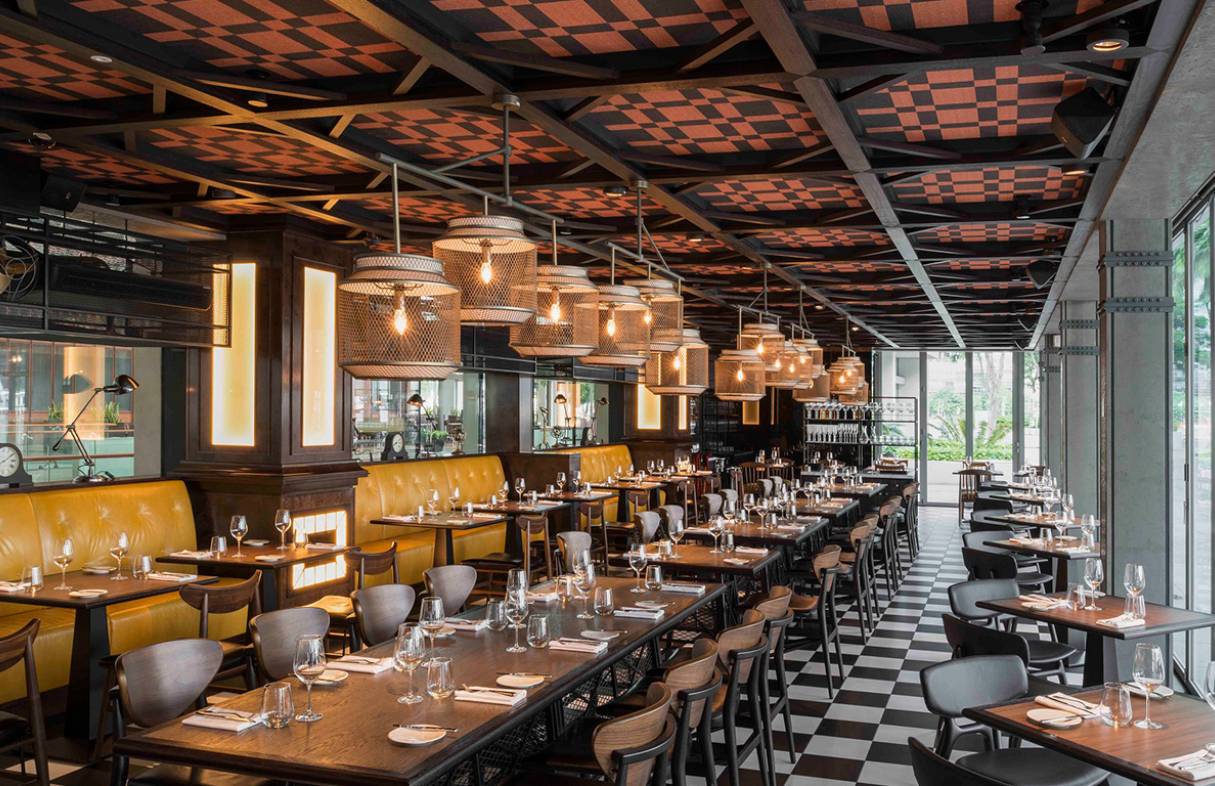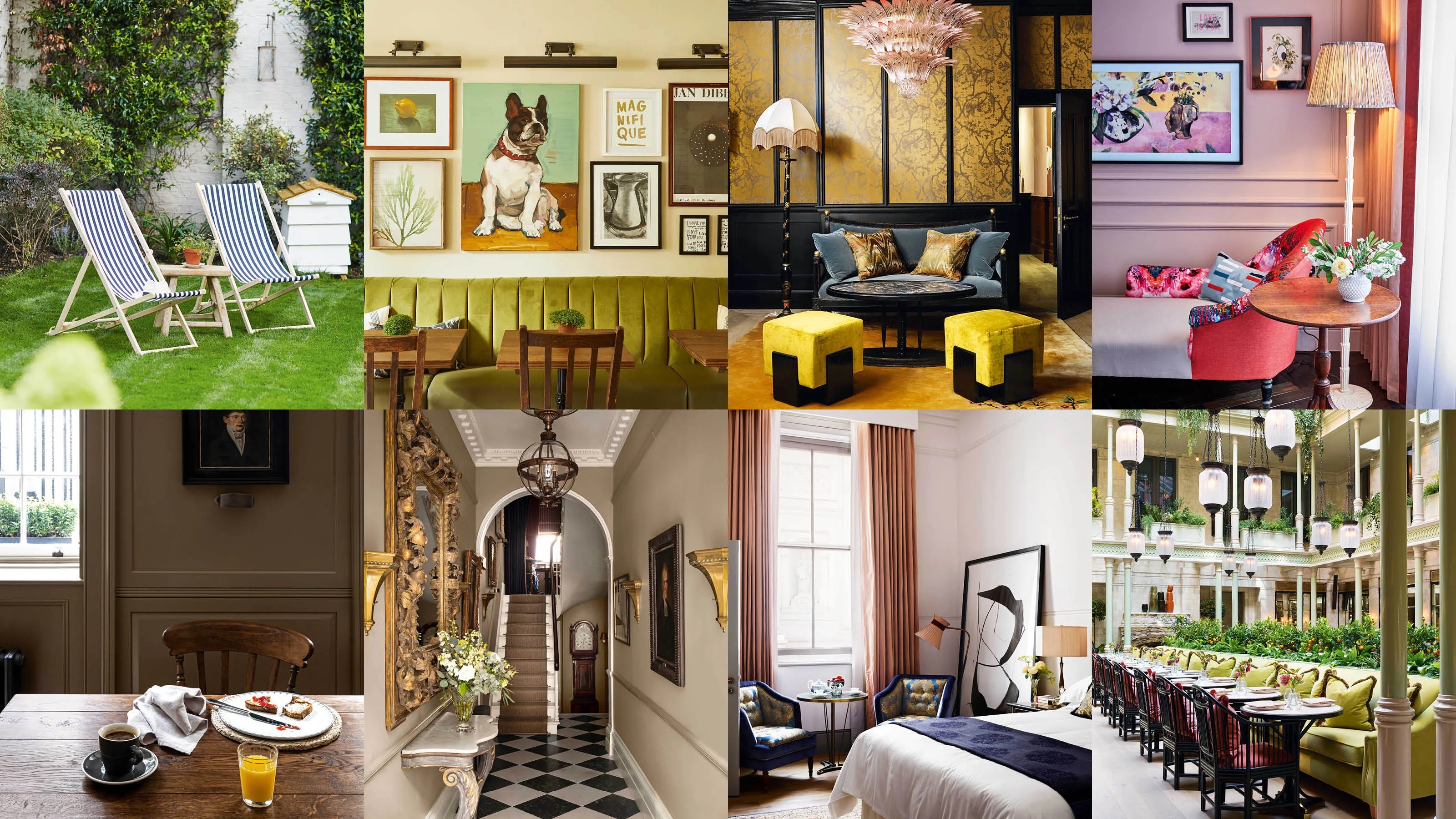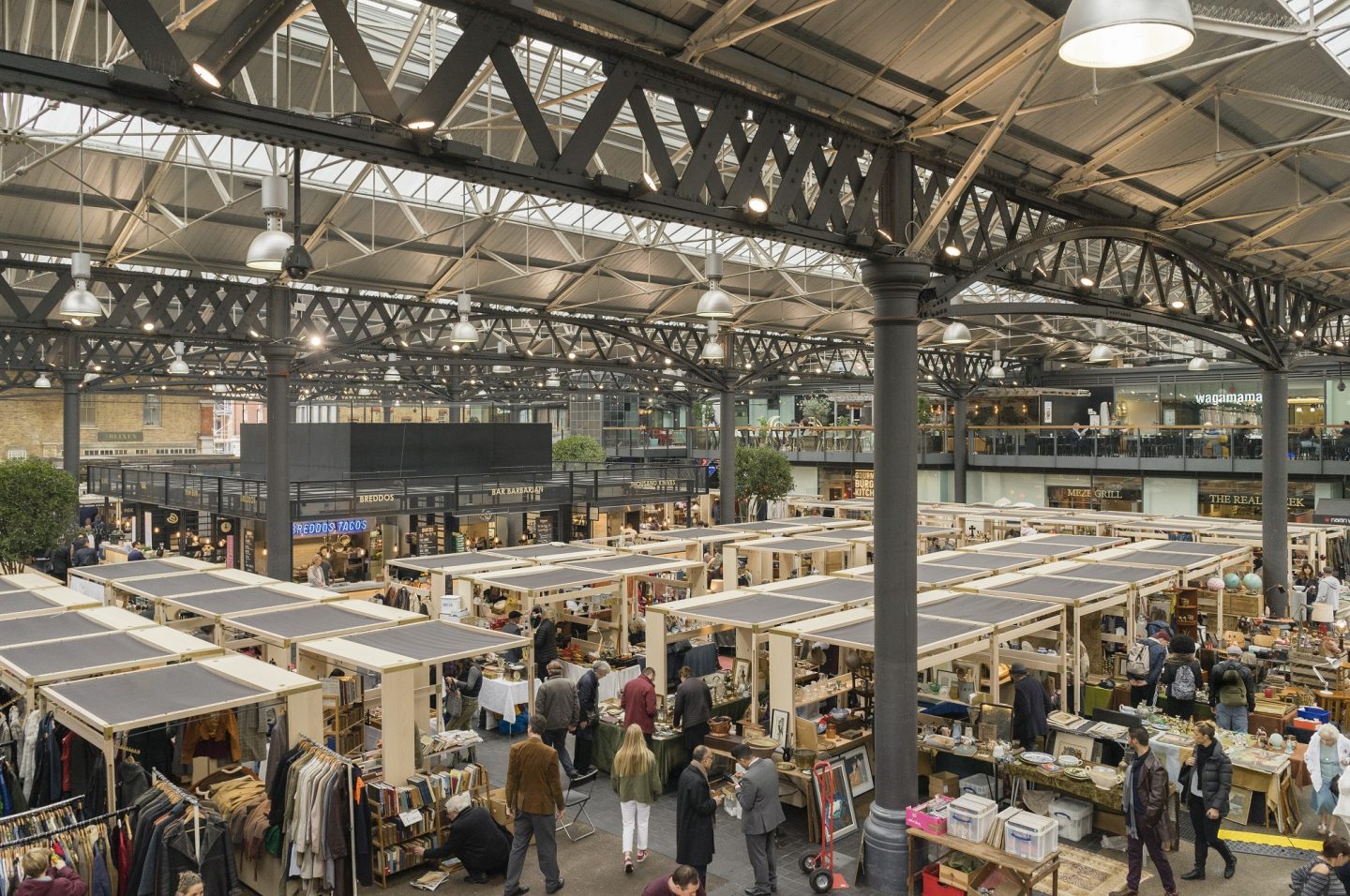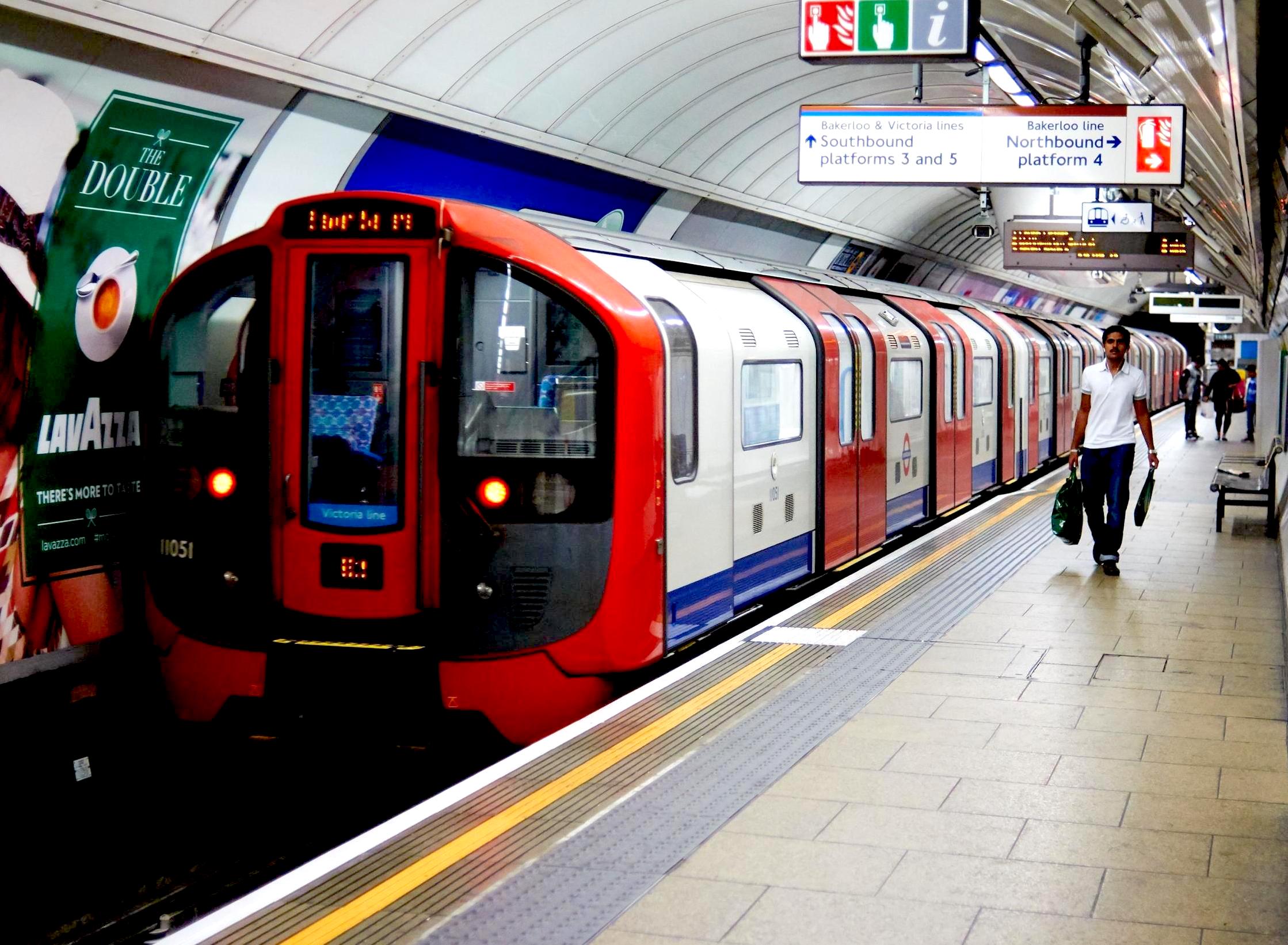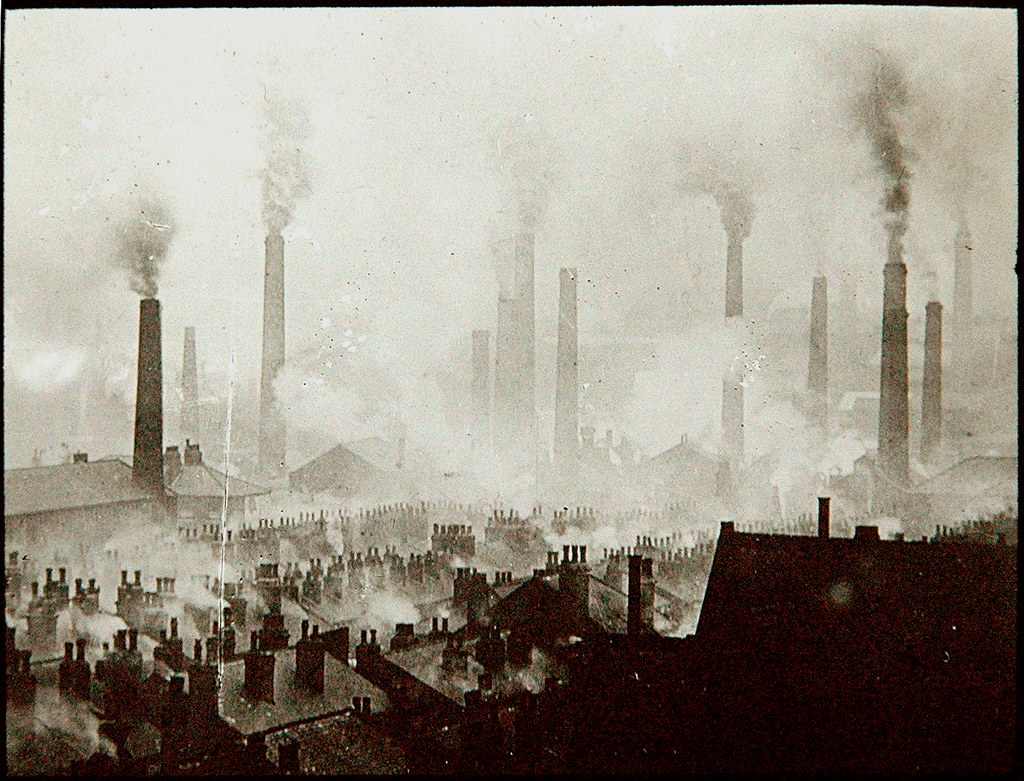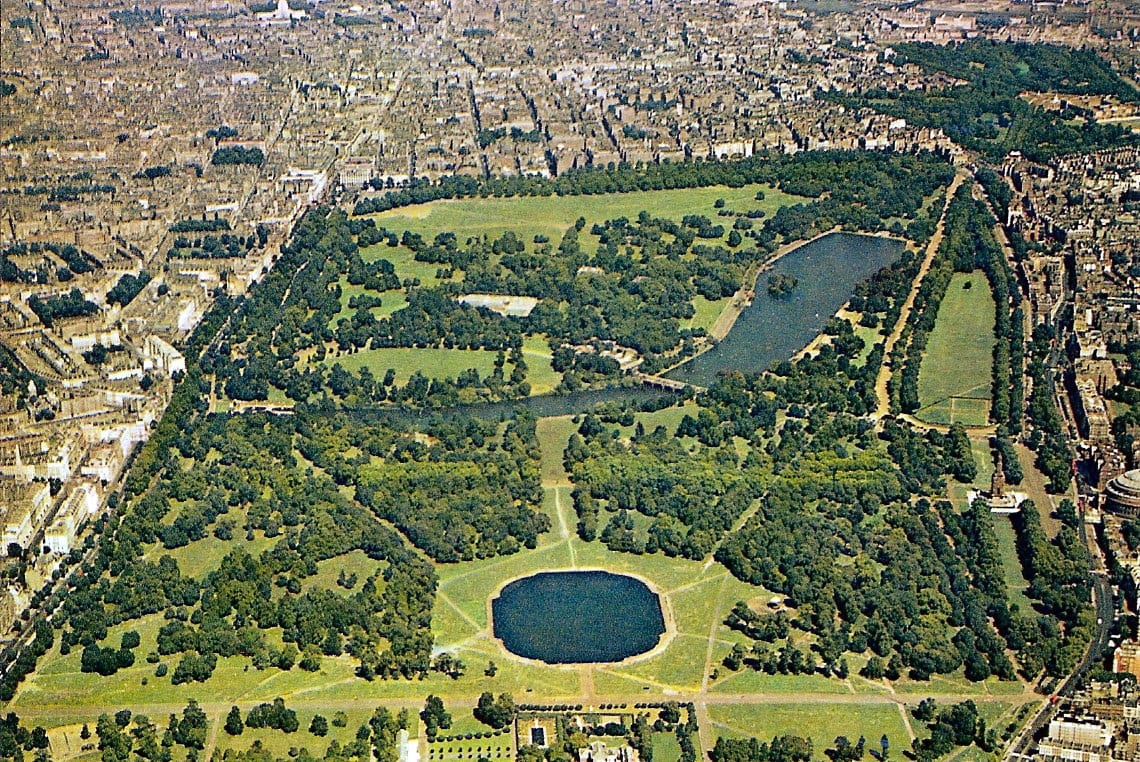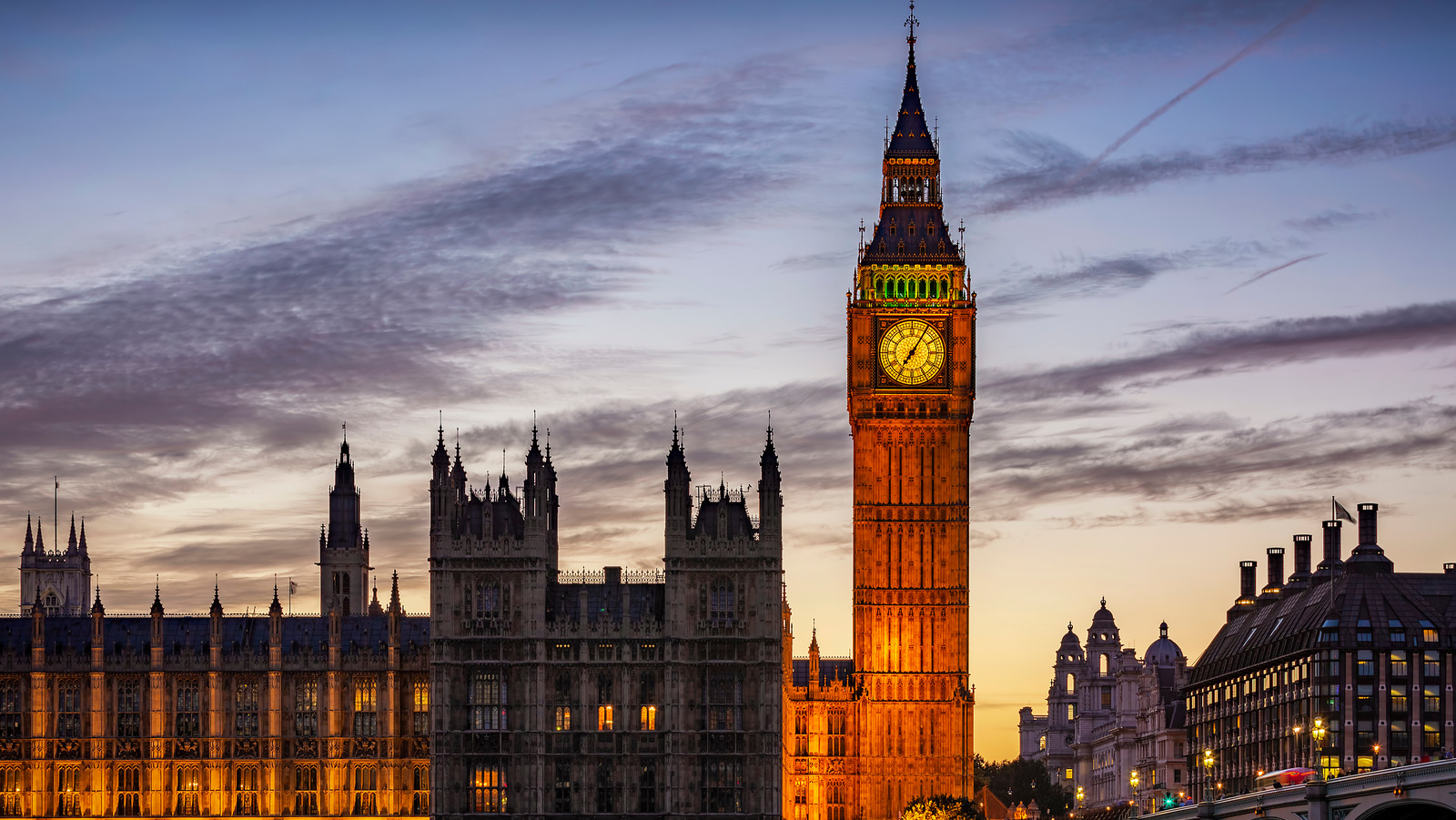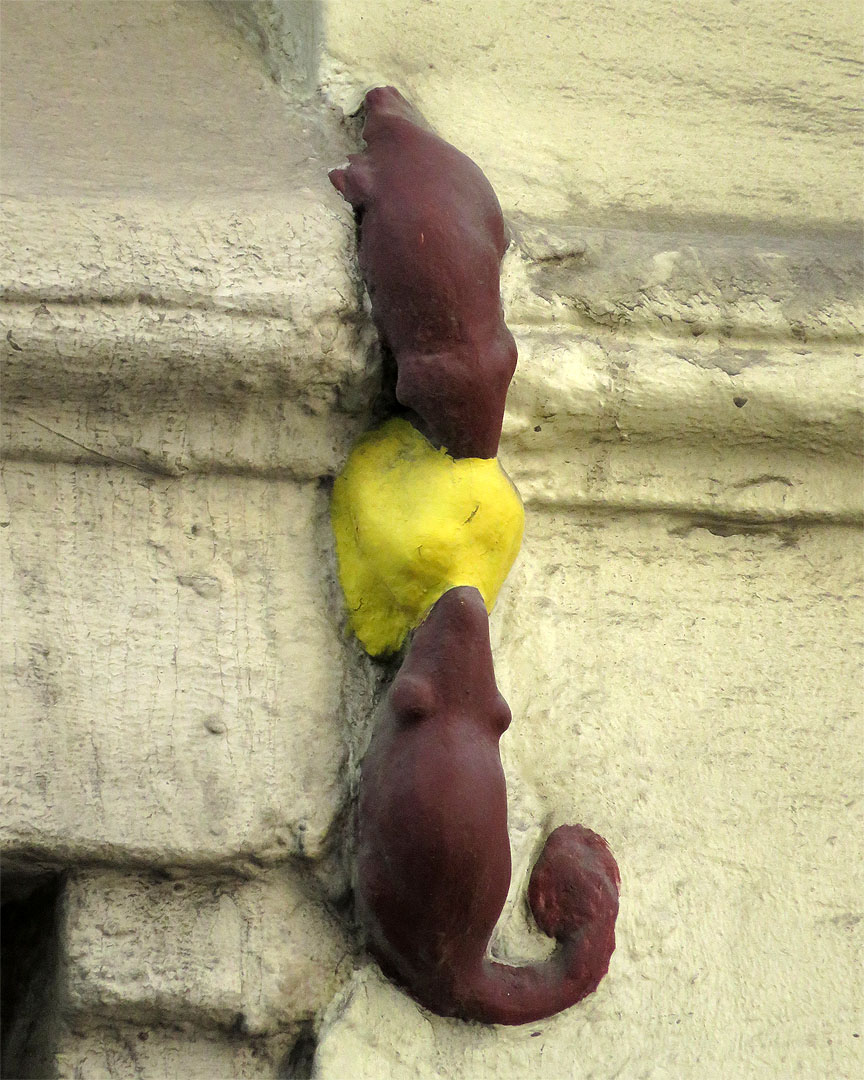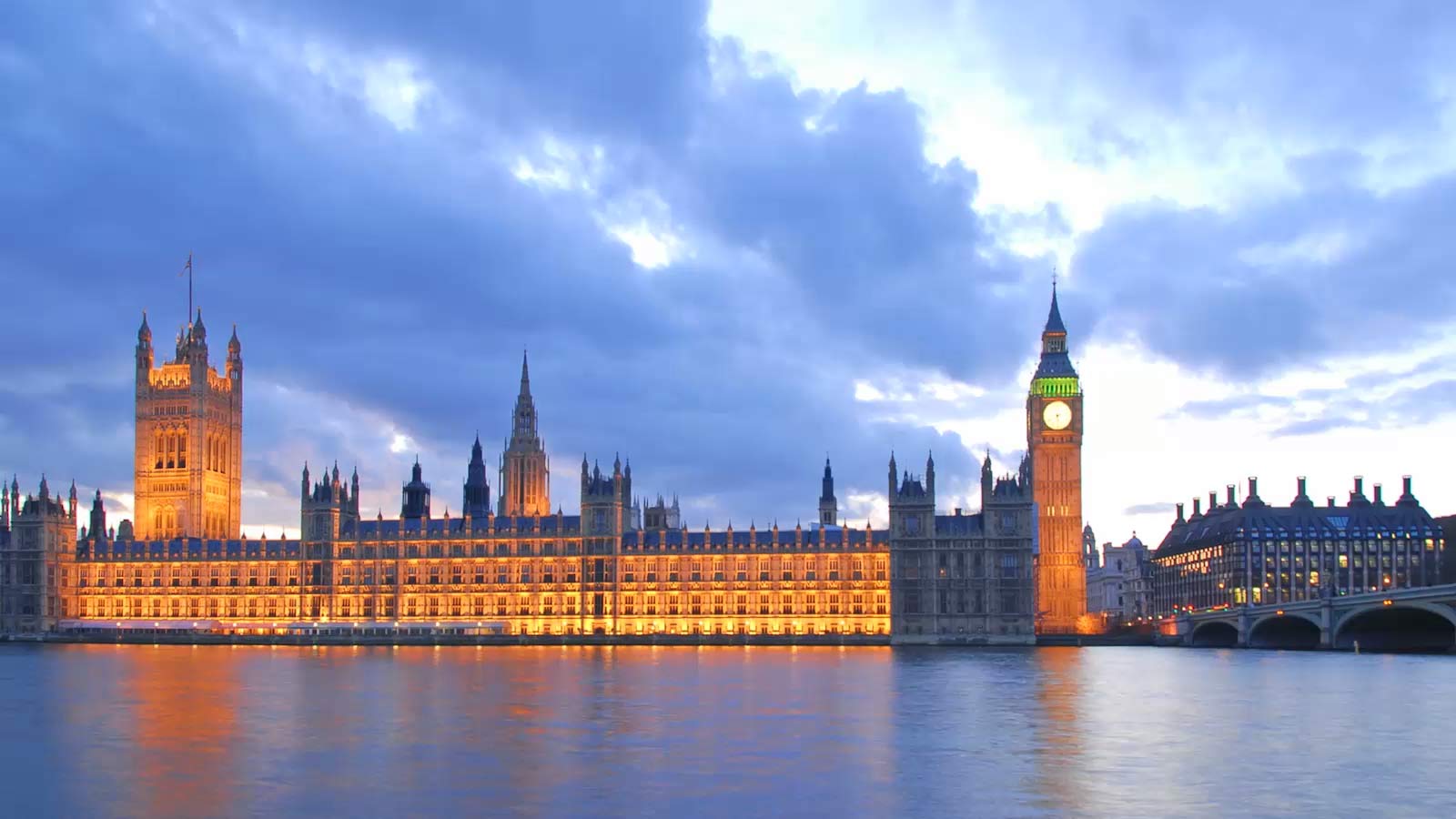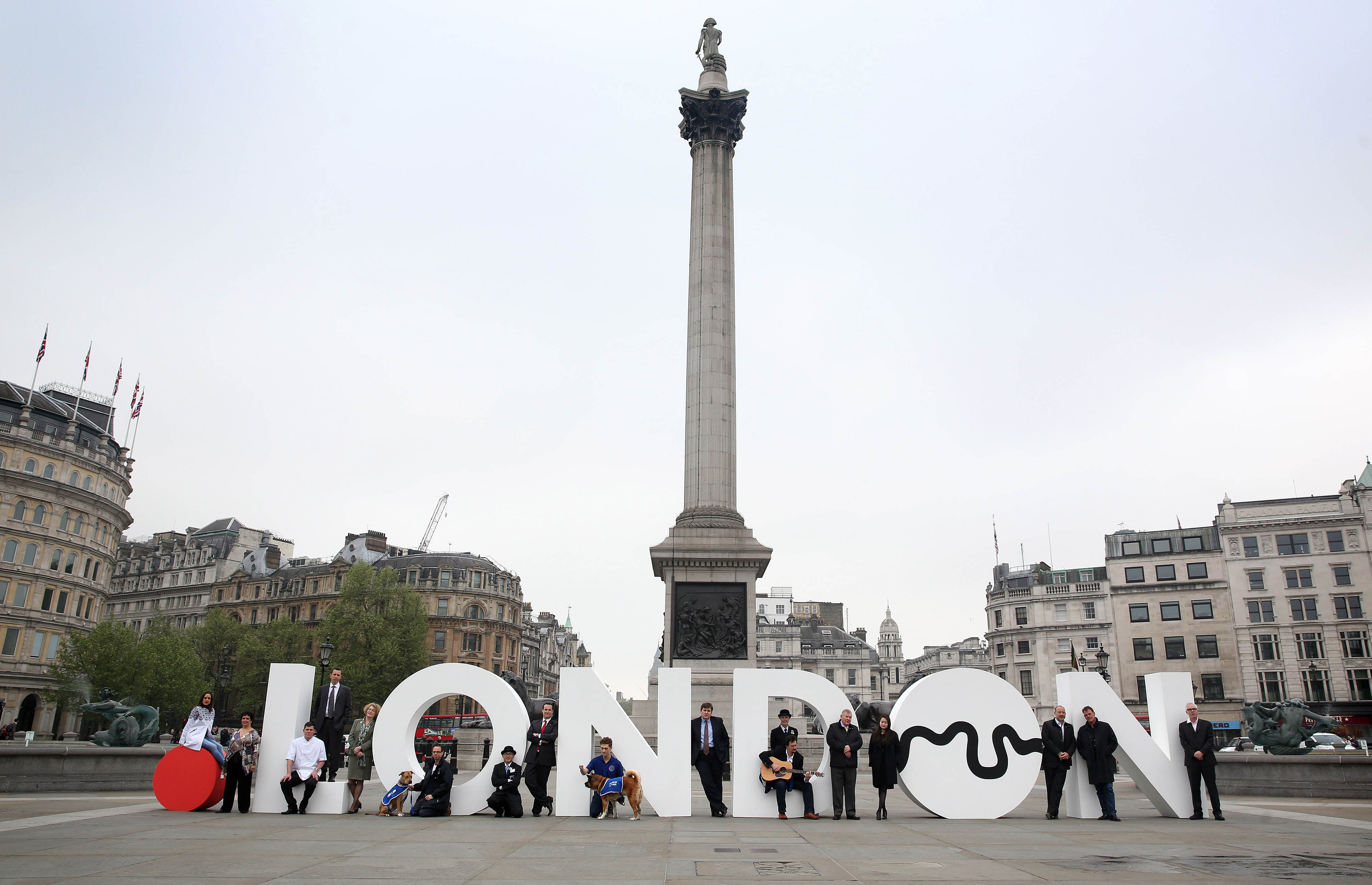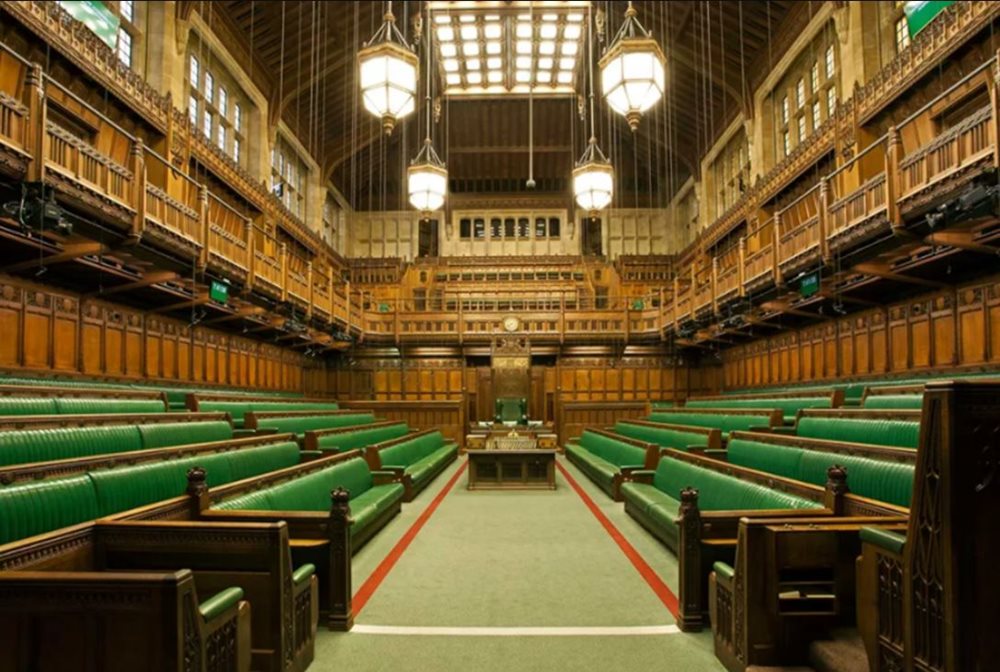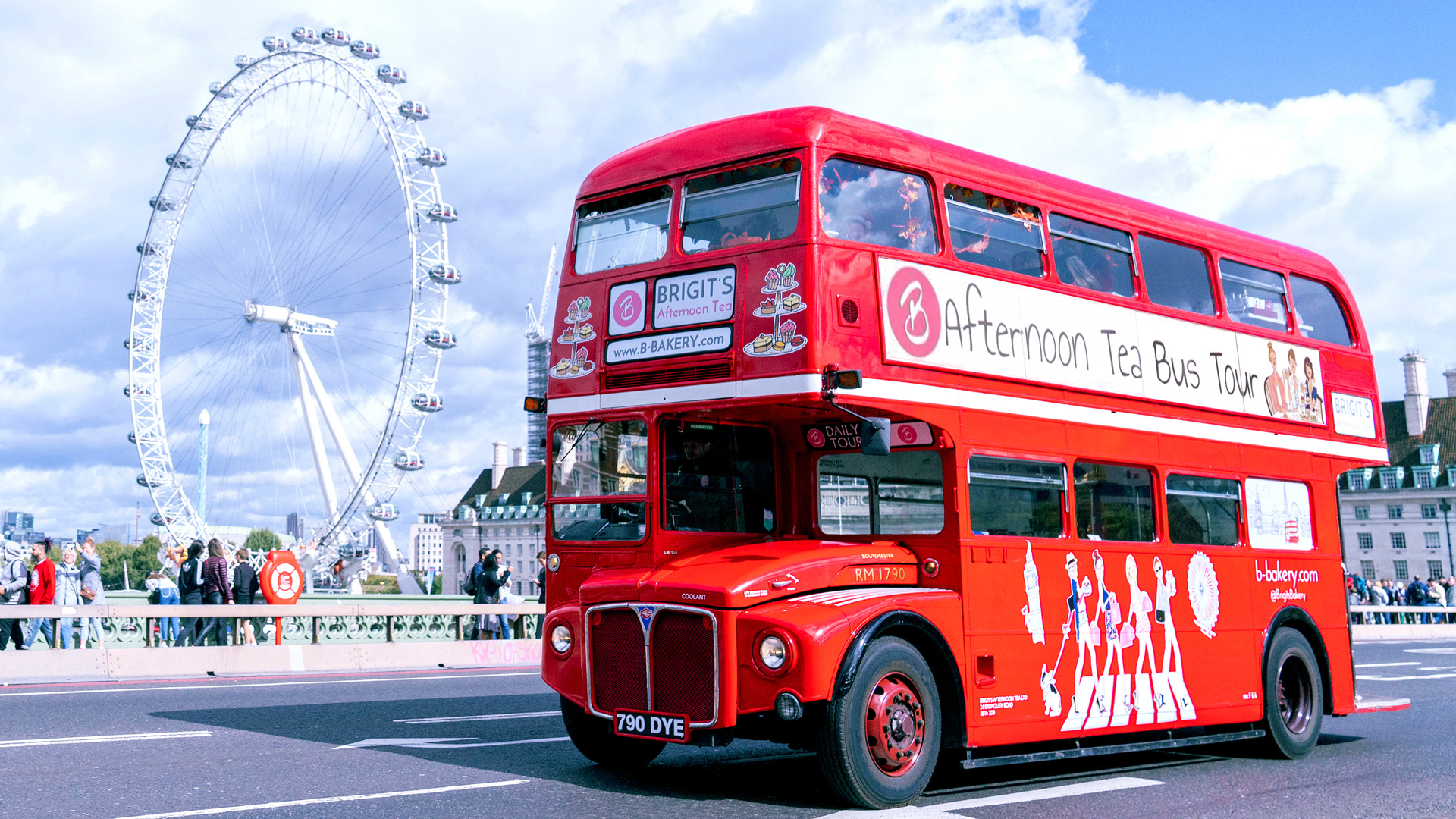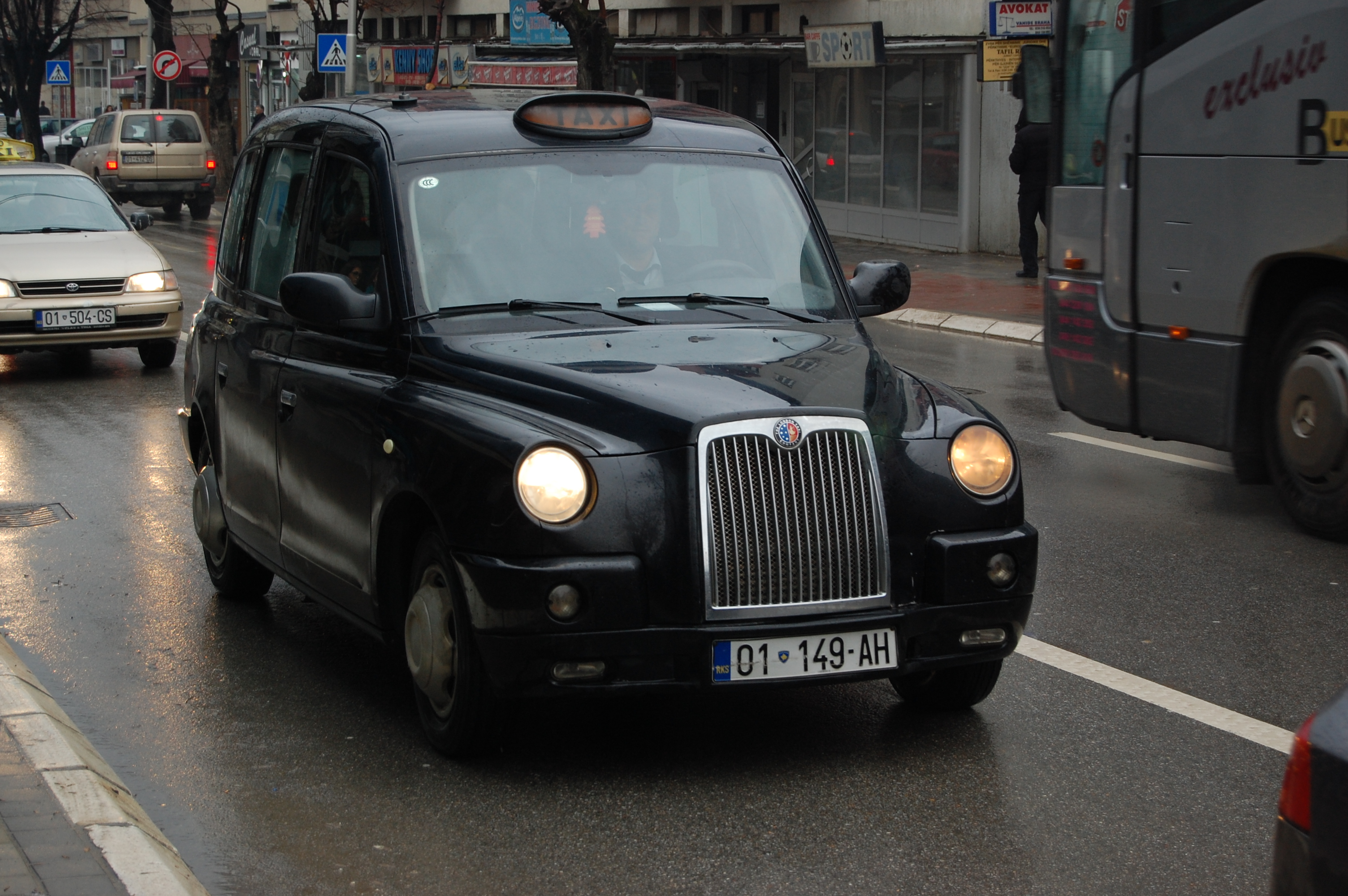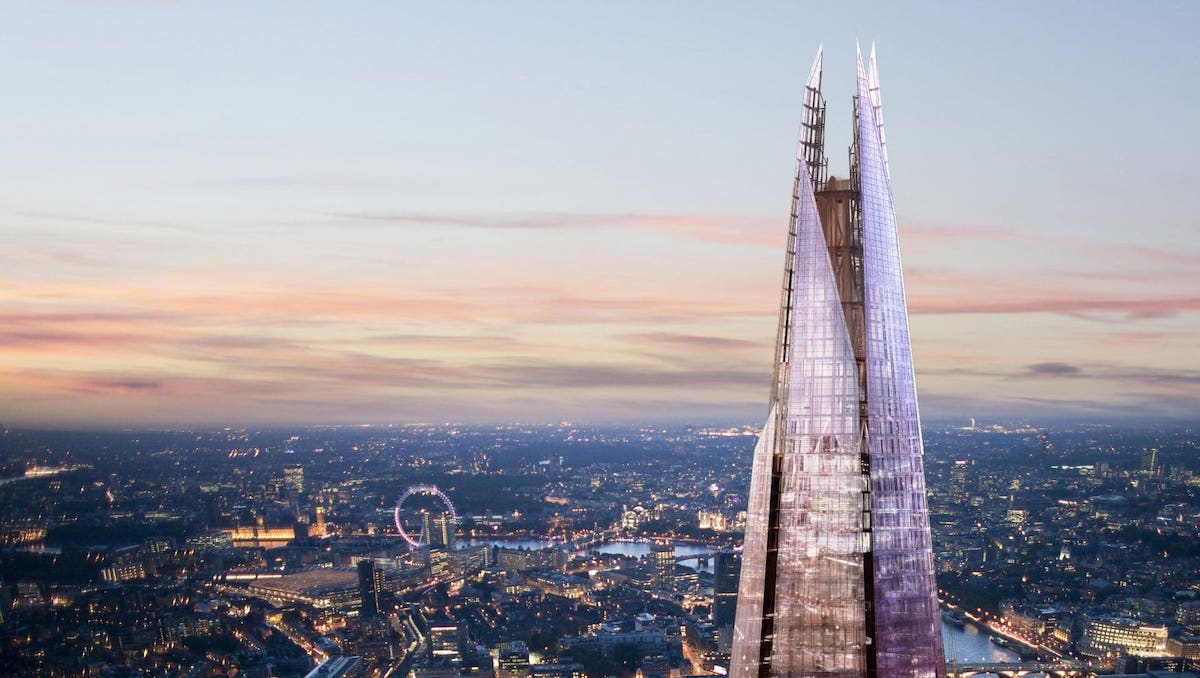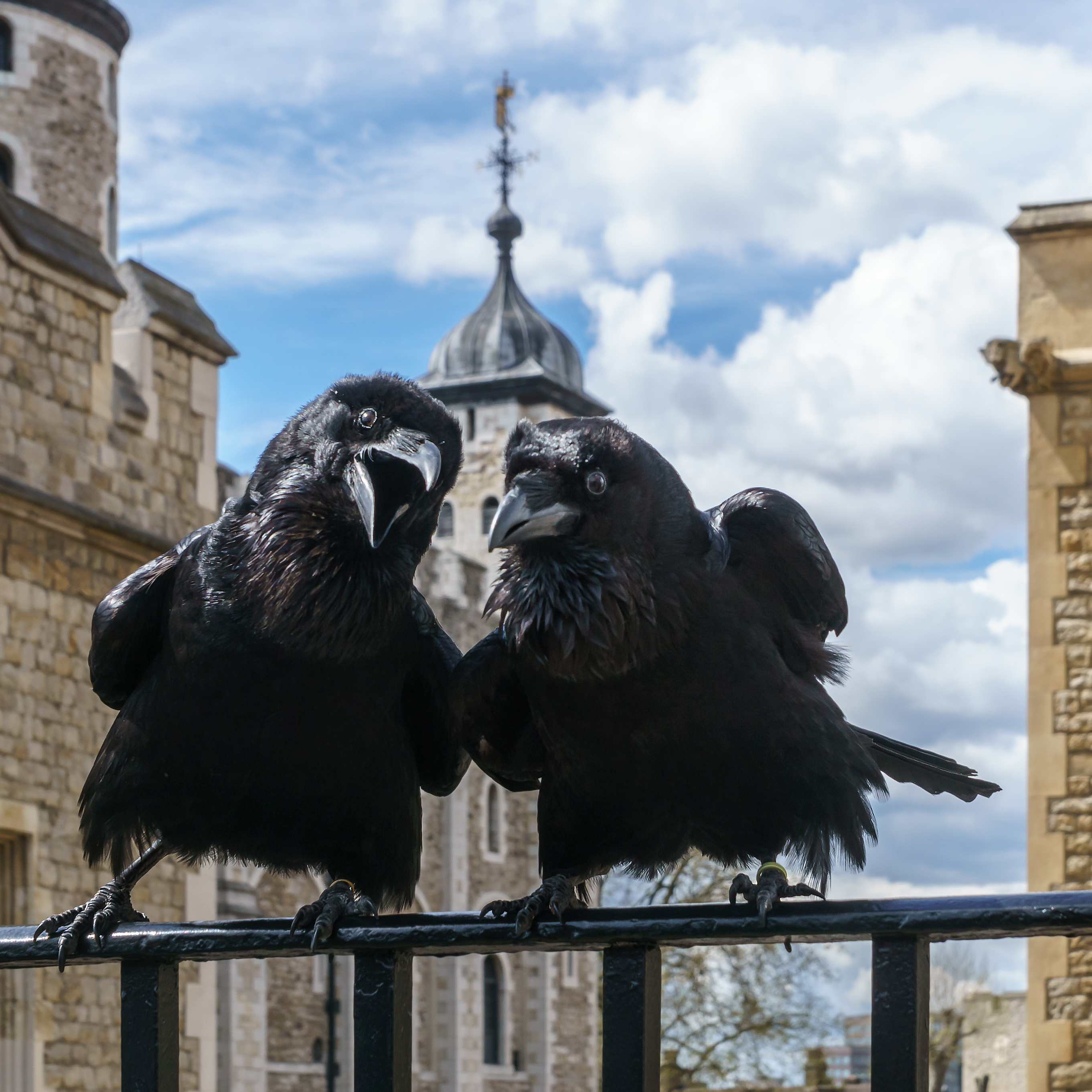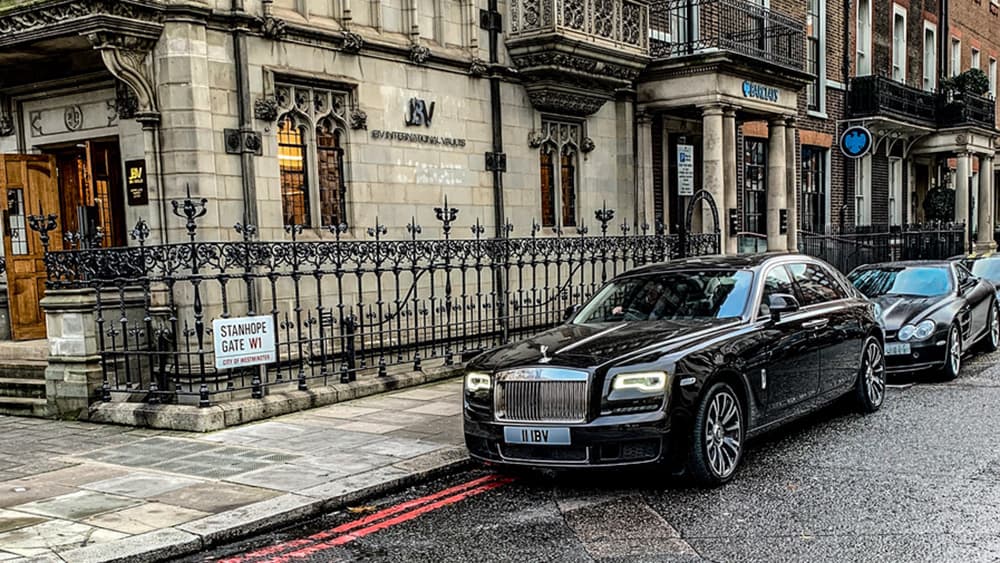London Like Never Before - Explore The City In Depth
London is a city that never sleeps, filled with history, culture, and stunning architecture. Let us guide you through the best experiences in the capital.
Author:Sophia HarperReviewer:Liam JonesFeb 17, 2025186.3K Shares2.8M Views
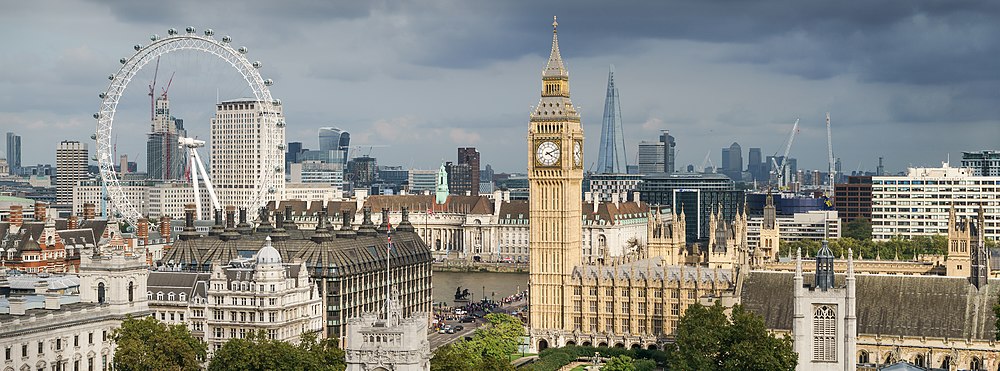
London, a city of profound historical depth and cutting-edge modernity, offers a unique experience for every visitor.
There are so many reasons to visit London, they have Big Ben, Tower Bridge, Buckingham Palace, lush parks and gardens, red buses, tea culture, world-class museums, a cultural melting pot, and shopping on Oxford Street encapsulates London.
This comprehensive guide will take you through the history, attractions, and hidden gems of London, allowing you to navigate its diverse landscape like a true insider.
Scroll down to read some interesting facts about London that you might not have known before.
Quick Facts About London
- Time Zone:GMT (UTC+0); BST (UTC+1 in summer)
- Website:london.gov.uk
- Coordinates:51°30′26″N 0°7′39″W
- Sovereign State:United Kingdom
- Country:England
- Region:London
- Established By Romans:AD 47 (Originally named Londinium)
- Population (2022):8.87 million (14.9 million metro area in 2024)
- Official Languages:English
- Demonym:Londoner
- Dialling codes: 020, 01689, 01708, 01895
Area:
- City of London:1.12 sq mi (2.9 km²)
- Greater London:607 sq mi (1,572 km²)
Government:
- Type:Executive mayoralty and deliberative assembly
- Mayor:Sadiq Khan
- Local Authorities:32 boroughs + the City of London
The History Of London
London’s history is as rich as it is diverse. From its Roman foundations to its rise as a global metropolis, London’s past is woven into the fabric of its streets, buildings, and culture. Exploring the city's historical landmarks gives us a glimpse of the past and how it shapes modern London.
Key Roman structures still exist beneath modern London, like remnants of the Roman Wall and amphitheater, offering an intriguing look at the city's early days.
Medieval London
By the Middle Ages, London had grown into a thriving center of commerce and government. The building of iconic landmarks such as the Tower of Londonand London Bridge marked this period, as did the founding of important institutions like Westminster Abbey. These structures remain standing today, offering a direct link to the medieval past.
Modern London
London continued to evolve during the Industrial Revolution and into the 20th century, with the construction of notable buildings like St. Paul's Cathedral and Tower Bridge. Today, the city is known for its innovative design, blending historic landmarks with contemporary skyscrapers and cultural institutions.
Map Of London
London is a vast metropolis, encompassing 32 boroughs and spanning a significant area. The River Thames, a vital artery, flows through the heart of the city, dividing it into north and south banks.
- Central London:This area encompasses iconic landmarks like Buckingham Palace, Westminster Abbey, and the Houses of Parliament, as well as vibrant districts like Soho, Covent Garden, and the West End.
- City of London:This historic square mile is the financial heart of London, home to the Bank of England and the London Stock Exchange.
- South Bank:This area boasts cultural institutions like the Southbank Centre, the Tate Modern, and the Globe Theatre.
- East London:Known for its trendy neighborhoods like Shoreditch and Hackney, East London is a hub for art, culture, and nightlife.
- West London:Home to affluent neighborhoods like Kensington and Chelsea, this area offers world-class museums, upscale shopping, and beautiful parks.
London's Iconic Landmarks
London is home to a wealth of iconic landmarks, each one an emblem of the city's rich history, culture, and architectural brilliance.
Tower Of London
Steeped in centuries of royal history, the Tower of Londonis one of the city's most important landmarks. Originally built by William the Conqueror in the 11th century, the Tower has served various roles-from a royal palace and fortress to a prison and royal mint.
Visitors can explore its imposing towers, admire the priceless Crown Jewels, and even meet the famous ravens that reside on the grounds. The Tower is also home to fascinating exhibits detailing its bloody and tumultuous past, making it an essential stop for history enthusiasts.
Buckingham Palace
The grand Buckingham Palacestands as the official residence of the British monarch. It is the backdrop to many significant royal events and ceremonies, including the world-renowned Changing of the Guard.
This colorful ceremony, performed by the Queen’s Guard, is a spectacle of tradition and pageantry. While the palace’s interior is not generally open to the public, visitors can tour the Royal Mews, the State Rooms, and the Queen’s Gallery, especially during the summer months when the Queen is not in residence.
Westminster Abbey
For centuries, Westminster Abbeyhas been the site of royal coronations, weddings, and burials. This Gothic masterpiece is the final resting place of many prominent figures in British history, including monarchs, poets, and scientists such as Charles Darwinand Stephen Hawking.
The stunning architecture and tranquil cloisters offer a serene escape from the bustling city, while the Abbey’s intricate history makes it a must-see for any visitor interested in Britain’s royal past.
Houses Of Parliament & Big Ben
The Houses of Parliament, also known as the Palace of Westminster, is a symbol of British democracy and political power. The Elizabeth Tower, commonly known as Big Ben(although Big Ben actually refers to the bell inside), is one of the most iconic clock towers in the world.
Situated along the River Thames, the majestic buildings are the seat of the UK government, and guided tours are available for those wishing to learn about the workings of British politics.
The area around Parliament Squarealso features statues of great historical figures like Winston Churchill, adding to the sense of history and heritage surrounding the location.
London’s Iconic Bridges
London's bridges, spanning the River Thames, are some of the most iconic structures in the city. These crossings tell the story of the city’s evolution from ancient times to the modern day.
Tower Bridge
Perhaps the most famous of London’s bridges, Tower Bridgewas completed in 1894 and is an engineering marvel of the Victorian era. Known for its stunning bascule design, it allows for ships to pass underneath when raised. Visitors can tour the bridge’s engine rooms and even experience a virtual bridge lift.
Visitors can explore the Tower Bridge Exhibition, which houses the bridge's engine rooms, where the original steam engines that powered the bascule lifts can be seen. A unique experience offered is the virtual bridge lift, which gives a glimpse into how the bridge would rise and fall.
London Bridge
London Bridge has a history dating back to Roman times, and over the centuries, it has undergone numerous reconstructions. The medieval London Bridge, built in 1209, was a stone structure that stood for over 600 years.
However, it became increasingly outdated as London grew and traffic congestion worsened. In the early 19th century, a new bridge designed by John Rennie was completed in 1831. This version stood for over 140 years until it was replaced in the 1970s.
In a surprising turn of events, the old bridge was sold to an American businessman, Robert P. McCulloch, and relocated to Lake Havasu City, Arizona, in 1968. The current London Bridge, opened in 1973, is a more modern, functional crossing, designed to support the ever-growing traffic demands of the city.
Millennium Bridge
The Millennium Bridge, opened in 2000, was London’s first pedestrian bridge in over a century. Known as the ‘wobbly bridge’ when it first opened due to swaying caused by foot traffic, it was quickly stabilized. The bridge connects St. Paul’s Cathedral with the Tate Modern, linking the historic heart of London with its vibrant cultural scene.
Southwark Bridge
Southwark Bridgeis a historic crossing that has undergone several transformations over the years. Originally built between 1814 and 1819 by John Rennie the Elder, it was a cast-iron structure. The bridge was later purchased by the City of London in 1868.
In the early 20th century, the bridge’s original design was replaced by a steel structure, which was constructed between 1912 and 1921. The new design was developed by engineers Mott & Hay and architect Sir Ernest George.
In 1921, the bridge was reopened by King George V, and its distinctive yellow and green color scheme, which stands out against the surrounding architecture, became one of its defining features. Southwark Bridge is now known for its smooth, graceful curves and serves as a vital connection between the southern and northern parts of London.
Blackfriars Bridge
Blackfriars Bridge holds an important place in the City of London’s history. Opened in 1769, it was the city’s second bridge and was designed by the architect Robert Mylne. In the late 19th century, the original bridge was replaced by the current iron and steel structure designed by Joseph Cubitt, which was completed in 1869.
Blackfriars Bridge underwent significant modifications between 1907 and 1910, when it was widened to accommodate the growing traffic demands of London. The bridge spans the Thames near Blackfriars Station, providing an essential link between the north and south banks of the river.
Today, it remains one of the city’s busiest bridges, balancing its historical significance with the demands of modern infrastructure.
Historical And Religious Architecture
London is home to some of the world’s most significant religious and historical buildings, many of which have stood for centuries and remain important cultural landmarks.
These structures not only tell the story of London’s religious heritage but also showcase remarkable architectural styles that span different eras.
City Churches
The City of London is filled with remarkable churches, many of which date back to the medieval period or have been rebuilt after the Great Fire of London in 1666.
These churches have become integral parts of London’s identity, combining spirituality with breathtaking architecture.
St. Paul’s Cathedral
St. Paul’s Cathedraldesigned by Sir Christopher Wren, St. Paul’s Cathedral is one of the most iconic landmarks in London. After the Great Fire of London, Wren’s baroque masterpiece was built between 1675 and 1710.
Its magnificent dome remains one of the largest in the world, and the church holds the tombs of prominent figures like Admiral Lord Nelson and Sir Winston Churchill.
St. Bride's Church
St. Bride's Churchoften referred to as the "Bride’s Church," St. Bride’s has a rich history that spans over 1,000 years. Located on Fleet Street, it is famous for its elegant spire, which inspired the design of wedding cakes.
The church's history dates back to the Saxon era, though the current building was designed by Wren and completed in 1703 after the original was destroyed in the Great Fire.
Temple Church
Located in the heart of London’s legal district, Temple Church is notable for its historical connection to the Knights Templar. Built in the 12th century, it features stunning medieval architecture, including a round nave designed to mimic the Church of the Holy Sepulchre in Jerusalem. The church is famous for its effigies of knights and its role in the legal profession’s history.
St. Martin-in-the-Fields
Located in Trafalgar Square, St. Martin-in-the-Fields is known for its neoclassical design by James Gibbs. It is one of London’s most important parish churches and has served as a cultural hub for concerts and performances. Its impressive architecture and historical significance make it a must-see.
Roman Relics
For those interested in London’s ancient past, remnants of the city’s Roman history can still be explored today. The Romans established Londinium around 43 AD, and traces of their presence remain scattered across the city.
London Wall
Dating back to the 2nd century, the London Wallwas built by the Romans to protect the city from invaders. The wall originally enclosed the entire Roman settlement of Londinium, but much of it has been demolished over the centuries. Visitors can still see significant sections of the wall near the Museum of London and other parts of the city.
London’s Roman Amphitheatre
Located beneath the Guildhall Art Gallery, the Roman amphitheater once hosted gladiatorial combat and public spectacles. It was rediscovered in the 1980s and remains an important archaeological site. The remains of the amphitheater offer a fascinating glimpse into Roman London.
Museums & Galleries - Cultural Experiences In London
London's cultural landscape is as diverse as it is rich, offering experiences that span the full spectrum of human expression.
From historic artifacts and masterpieces in world-class museums to vibrant street art, London offers something for everyone.
British Museum
One of the world’s most renowned museums, the British Museum houses an extensive collection of art and historical artifacts from across the globe. With over eight million objects, highlights include the Rosetta Stone, ancient Egyptian mummies, and treasures from the Parthenon in Athens.
The museum’s collections span centuries, offering a fascinating insight into the human journey through history.
National Gallery
The National Gallery, located in Trafalgar Square, is home to some of the finest paintings ever created. The gallery features masterpieces from European artists such as Leonardo da Vinci, Van Gogh, Monet, and Michelangelo.
Visitors can wander through the iconic halls, where works spanning the Renaissance to the early 20th century transport viewers through time and artistic evolution.
Tate Modern
Situated in a former power station on the South Bank, Tate Modern is the go-to destination for lovers of modern and contemporary art. With its expansive, industrial-chic galleries and breathtaking views of the London skyline, it offers an ever-changing array of exhibitions from renowned contemporary artists.
From Picasso and Warhol to lesser-known modern talents, Tate Modern is a space where groundbreaking art and innovative exhibitions come to life.
Theater & Performing Arts
The West End
London's West End is synonymous with world-class theater, offering a range of performances that rival any stage in the world. Whether you're in the mood for a heart-pounding musical, a classic play, or a thought-provoking drama, the West End delivers unforgettable experiences.
Popular productions like The Lion King, Les Misérables, and Hamiltondraw crowds from around the globe, and new works are constantly emerging, ensuring there’s always something fresh to see.
Royal Opera House
For a truly immersive experience in the performing arts, the Royal Opera Houseis a must-visit. This iconic venue in Covent Garden is one of the world’s premier destinationsfor ballet and opera.
Whether you're attending a performance by the Royal Ballet or watching a celebrated opera production, the Royal Opera House offers a stunning setting to experience the magic of live performance.
Neighborhood Exploration:
- Soho:Explore the vibrant nightlife of Soho, with its bustling bars, trendy restaurants, and independent boutiques.
- Shoreditch:Discover the creative heart of London in Shoreditch, with its street art, independent shops, and trendy cafes.
- Notting Hill:Wander through the colorful houses of Notting Hill, known for its charming atmosphere and the vibrant Notting Hill Carnival.
Where To Eat - Culinary Delights
London’s food scene is not only vast but also incredibly dynamic. It’s a place where centuries-old traditions coexist with modern innovations, and where street food markets sit alongside Michelin-starred fine dining restaurants.
Classic British Fare
- Traditional British pubs offering fish and chips, Sunday roasts, and hearty meat pies.
- Iconic locations like The Churchill Armsand The Royal Oakprovide an authentic British atmosphere and cuisine.
Michelin-Starred Dining
- The Ledbury(Notting Hill) - Modern European dishes with contemporary flair.
- Restaurant Gordon Ramsay(Chelsea) - Classic French cuisine with exceptional service.
- Darjeeling Express(Covent Garden) - Exceptional Indian cuisine, renowned for its flavor and innovative dishes.
International Flavors
- Bonoo Indian Tapas(Hampstead) - Indian tapas offering a modern twist on traditional dishes.
- Andy’s Greek Taverna(South Kensington) - Mediterranean and Greek-inspired dishes.
- Launceston Place(South Kensington) - European and British cuisine with seasonal ingredients.
Street Food & Casual Dining
- Borough Market- A bustling food market with fresh produce, cheeses, meats, and delicious street food.
- Brick Lane- A fusion of global flavors, with particularly renowned curry houses.
- Camden Market- Diverse options from gourmet burgers to vegan delicacies.
Places To Stay - Hospitality In London
When it comes to accommodation, London caters to all tastes and budgets. Whether you’re seeking luxury, mid-range comfort, or something more affordable, the city offers an abundance of choices to suit your needs.
Luxury Stays
- The Ritz(Piccadilly) - Iconic luxury with world-class service and dining.
- Claridge’s(Mayfair) - Elegant, timeless luxury with an art-deco vibe.
- Shangri-La The Shard(London Bridge) - Sophisticated stays with panoramic views of the city skyline.
- The Savoy(Strand) - A historic hotel offering exquisite river views and classic glamour.
Boutique & Modern Hotels
- Ham Yard Hotel(Soho) - Stylish boutique hotel with a lively atmosphere.
- Hotel Café Royal(Regent Street) - Contemporary luxury with impeccable design.
- Bankside Hotel, Autograph Collection(Southwark) - Modern, sleek, and centrally located, offering a relaxing stay with river views.
Affordable Accommodation
- Camden- Budget-friendly options with a quirky, bohemian vibe.
- Shoreditch- Affordable hotels with a creative and artsy atmosphere.
- Hostels and Budget Hotels- London offers a wide range of affordable hostels with clean, comfortable accommodations in central areas.
Shopping Spree
London is a shopper's paradise, offering a unique blend of high-end boutiques, department stores, and independent shops.
World-Class Shopping:Indulge in a retail therapy session at iconic department stores like Harrods and Selfridges, renowned for their luxury brands and opulent interiors.
Unique Shopping Districts:
- Oxford Street:This iconic street is a shopper's haven, boasting a plethora of high-street brands, flagship stores, and department stores.
- Covent Garden:Explore the charming streets of Covent Garden, filled with independent boutiques, artisan shops, and street performers.
- Spitalfields Market:Discover vintage treasures, antique finds, and unique handcrafted goods at this vibrant market.
Getting Around
Navigating London is a breeze with its efficient and extensive public transportation system.
Public Transportation:
- The London Underground (the Tube):This iconic underground railway system is a marvel of engineering and a quintessential London experience. It connects most parts of the city quickly and efficiently. Consider purchasing an Oyster card or using contactless payment for convenient travel.
- Buses:London's iconic red double-decker buses offer a more leisurely way to explore the city, providing panoramic views and a unique perspective.
- Trams:Tramlink serves South London, offering a convenient and scenic way to travel.
- Overground:This network of suburban railways provides an alternative to the Underground, connecting many parts of London.
Walking Tours:Explore London on foot with a guided walking tour. This is a fantastic way to discover hidden gems, learn about the city's history, and gain local insights.
Cycling:Cycling is a popular and enjoyable way to get around London. The city boasts a growing network of cycle lanes, and the Santander Cycle Hire scheme provides convenient access to bicycles.
Taxis:The iconic black cabs offer a comfortable and reliable way to get around, although they can be more expensive than other options. Ride-sharing services like Uber are also readily available.
Best Time To Visit London
The best time to visit London generally depends on your preferences.
- Spring (April-June) and Autumn (September-October)offer pleasant weather with fewer crowds.
- Summer (July-August)is the peak tourist season, with longer daylight hours and numerous outdoor events.
- Winter (December-February)can be cold and rainy, but offers the chance to experience the festive atmosphere of the holiday season.
Fun Facts About London
The Smoke Or The Big Smoke Used To Be London's Nickname
These names first appeared in 1874 and quickly became popular among rural visitors to London.
As country people approached London, they noticed thick smoke enveloping the city due to coal burning.
The city's air pollution was getting worse by the day.
Clouds of smoke used to cover the entire sky of London in 1952 and linger in the air for several months.
The majority of Londoners experienced breathing difficulties and skin allergies as a result of it.
London Is Actually A Forest
London has long been lauded as one of the world's greenest cities.
It's no surprise, given that the capital is known for its beautifully manicured parks and gardens, as well as vast stretches of green space.
But who would have guessed that the city is so lush that it can technically be classified as a forest?
The Tower Is Not Called Big Ben
It's a common misconception, but Big Ben is not the name of London's iconic Tower.
Big Ben is the name of the clock in the Tower of London.
Even today, locals refer to this location as the Big Ben tower.
The tower is located at the north end of London's Palace of Westminster.
The object was renamed Elizabeth Tower in 2012, but it was previously known as the Clock Tower.
London Is England's Smallest City
Yes, you read that correctly.
What you think of as London is, in fact, a small urban area within the Greater London region.
London is only 1.2 square miles in size and has a population of about 7,500 people, as a result, the city of London is the smallest in England.
Greater London, on the other hand, is an English region that includes surrounding towns covering 606 square miles and housing over 8.7 million people.
There Are 170 Museums In London
London is a significant cultural and historical center, and museums could not be overlooked in this regard.
If you get to visit this wonderful city, you will definitely miss out if you do not stop by one of them.
Among them are the British Museum, the National Gallery, the Imperial War Museum, the British Library, and the Wallace Collection.
London Is Home To The World's Smallest Statue
The smallest statue in the world is one depicting two mice eating a piece of cheese.
It's so small that you have to pay attention or someone has to point it out to you.
You're probably wondering what it means but the backstory is quite intriguing.
According to legend, the statue was erected to commemorate two builders who got into a fight after accusing each other of eating their meal.
Both died, and it was later discovered that mice had eaten their meal.
Parliamentary Death Is Not Illegal
The story that it is illegal to die in Parliament is a complete fabrication.
Its popularity has frequently been regarded as concerning, and authorities have attempted to persuade people that there is no such restriction.
Some people were also curious about what had given rise to this belief.
This myth is said to have originated from the belief that anyone who dies in the Royal Palace is eligible for a state funeral.
However, wearing armor suits to the Parliament Houses in London is not permitted, and this is not a myth.
London Is Home To Over 300 Different Languages
There is hardly a more diverse city in the world than London.
Expats of various nationalities make up a sizable portion of its population, which totals around 8.7 million people.
They keep their traditional customs and communicate in their native language.
Because of London's incredible diversity, it is estimated that over 300 languages are spoken there.
If you're visiting London, chances are you'll be able to communicate in your native language.
The Meaning Of The Name London
What you think of as an amazing city today has a long and unknown history.
Some long-held theories hold that London was founded by Romans around 50 AD.
The origin of its name is also a mystery and London was known by various names throughout history, including Londinium, Ludenwic, and Ludenberg.
The most widely accepted explanation is that the name London is derived from the old Celtic word "Londinous," which means "brave."
Houses Of Parliament Is The Largest Palace In The United Kingdom
The Houses of Parliament, also known as the Palace of Westminster, is one of London's many architectural landmarks.
The object, which is regarded as the largest in the country, was first constructed in the early 11th century to house the King of England.
Unfortunately, a fire in 1512 destroyed much of it, and another fire in 1834 caused even more serious damage.
The only medieval structures that have survived are Westminster Hall, the Jewel Tower, St Stephen's Cloisters, and the Chapel of St Mary Undercroft.
Not All London Buses Were Red
The most common thing that comes to mind when thinking of London is red buses.
The iconic vehicles were not always this color and each of them used to be a different color, with each color representing a different route.
In order to stand out from the competition, the largest bus company in London, the London General Omnibus Company, decided to paint their buses red in 1907.
Ever since London buses have been red.
Becoming A Black Cab Driver Is Not Easy
To work as a taxi driver in most countries, you only need a driver's license.
However, this is clearly not the case in London, the black cab drivers you see all over town go through extensive training before being hired.
The training typically lasts 2 to 4 years, and candidates must memorize every street in London.
Furthermore, they must be able to make quick assumptions about which route takes the least amount of time from one location to another.
It's easy to see why they charge such high fares now.
The EU's Tallest Building
The Shard, located in Southwark, Central London, is the tallest building in the EU and the fifth tallest in Europe.
The Shard, which was completed in 2012, stands nearly 310 meters (1,016 feet) tall.
The incredible skyscraper has 72 habitable floors and if you happen to be in London and want to see a breathtaking view, we recommend climbing the Shard for an unforgettable experience.
There Were Once Six Ravens In London Tower
Charles II once ordered his guards to bring six ravens to the Tower of London, believing that they would protect the fortress from falling.
In case one of the six ravens flew away, they had an extra raven in their palace.
The superstitious belief persisted long after Charles II's decision also six people were killed in the Great Fire.
The Great Fire of London in 1666 was one of the most heinous events in the city's history.
Around 70,000 Londoners' homes were completely destroyed by the fire, which consumed a large portion of the city.
Despite its catastrophic impact, this terrible event resulted in only six confirmed deaths.
Many argue that the number of casualties was higher, but the fire destroyed everything, including dead bodies.
London Has A Population Of Over 8.7 Million People
According to the most recent estimates, the capital of the United Kingdom is home to more than 8.7 million people.
As a result, London is the most populous city in the United Kingdom.
The World's Billionaires
London is home to more than 80 billionaires, making it the city with the most billionaires in the world.
Furthermore, London billionaires account for 80% of all billionaires in the UK.
In this regard, London lags behind major cities such as New York, San Francisco, Moscow, and Paris.
People Also Ask
Why Is London Very Famous?
Big Ben, Buckingham Palace, the British Museum, and Tower Bridge are all well-known landmarks in London. London is also known for its rich history, red phone booths, world-class museums and galleries, massive lush parks, financial districts, and cosmopolitan vibes.
How Safe Is London?
Despite the fact that the crime rate in London has been increasing, it remains a relatively safe city. In fact, London is the fourteenth safest city in the world, according to the Economists Safe Cities Index. In 2019/20, the crime rate in London was 101.48 crimes per thousand people.
Why Is London The Best City In The World?
It tops our list of world cities because it is the only city in the world that finished in the top ten in all six of our categories. London's allure is undeniably world-renowned, with a record number of visitors pouring into the city in 2016 - 19.1 million, a 2.6% increase over the previous year's record.
Conclusion
London is one of the world's largest and most visited cities.
Every year, tourists from all over the world visit the British and English capital.
Because London has so much to offer, you must learn about the city's quirkiness in order to capture its soul.
I hope this article has helped you learn more about this city.
Jump to
Quick Facts About London
The History Of London
Map Of London
London's Iconic Landmarks
London’s Iconic Bridges
Historical And Religious Architecture
Museums & Galleries - Cultural Experiences In London
Theater & Performing Arts
Where To Eat - Culinary Delights
Places To Stay - Hospitality In London
Shopping Spree
Getting Around
Fun Facts About London
People Also Ask
Conclusion

Sophia Harper
Author
Sophia Harper’s photography acts as a portal to the soul of the places she visits. Drawn to South America’s landscapes and cultures, she has spent years capturing everything from the majesty of ancient ruins to the vibrancy of urban streets.
Sophia’s work isn’t just about documenting moments; it’s about evoking the emotions and stories behind them. A dedicated photographer, she has worked with local communities across South America to capture their rich cultural narratives through her lens.

Liam Jones
Reviewer
Liam Jones has made it his mission to prove that adventure doesn’t need a hefty budget. Having traveled to over 40 countries, he specializes in finding affordable ways to experience the world, from the best street food in Bangkok to hidden gems in Lisbon.
Liam’s travel tips have reached thousands of readers, empowering them to see the world on a shoestring budget without sacrificing quality. With a deep passion for local cultures, he continues to share his travel hacks, ensuring adventure remains accessible to all.
Latest Articles
Popular Articles
